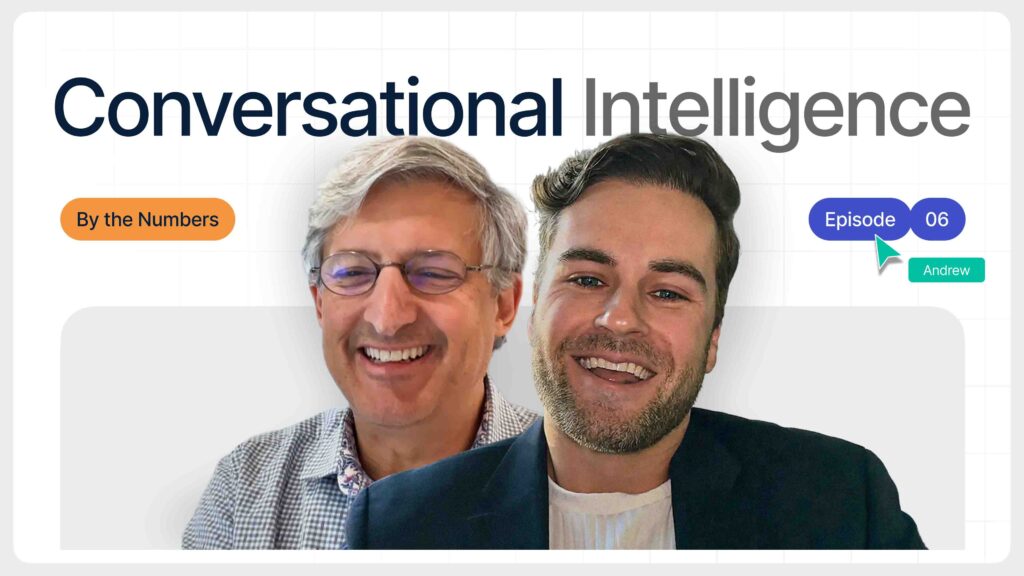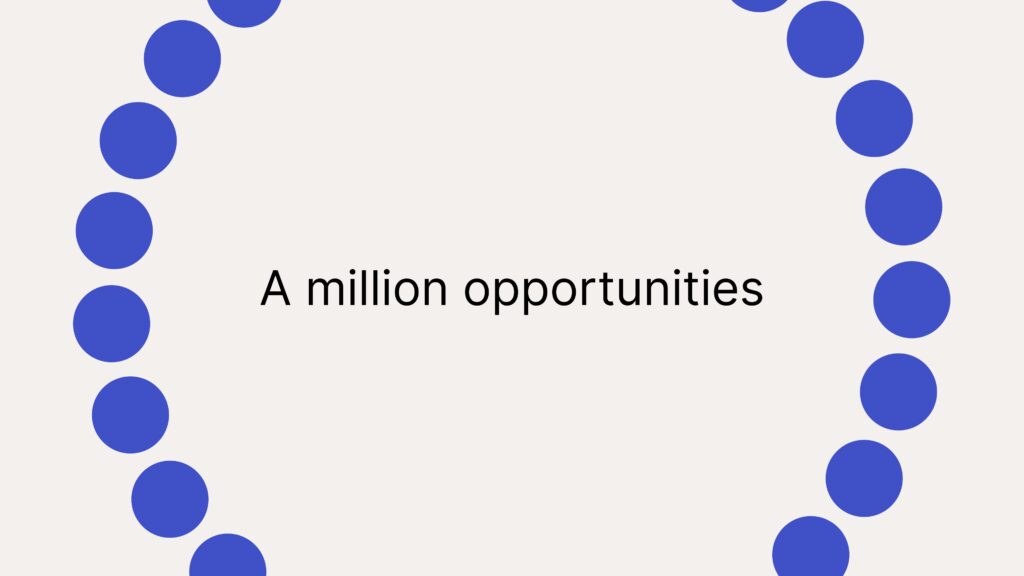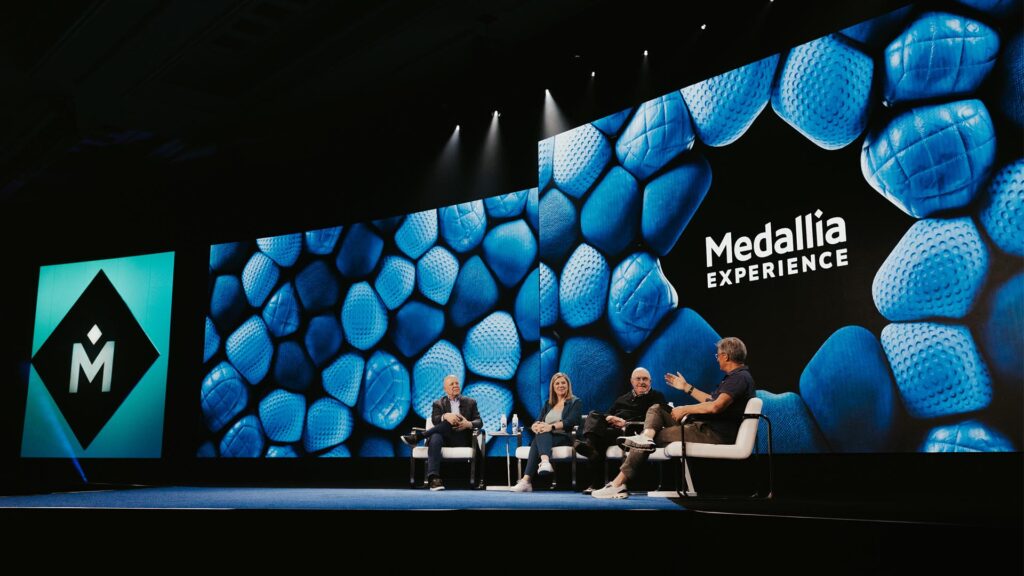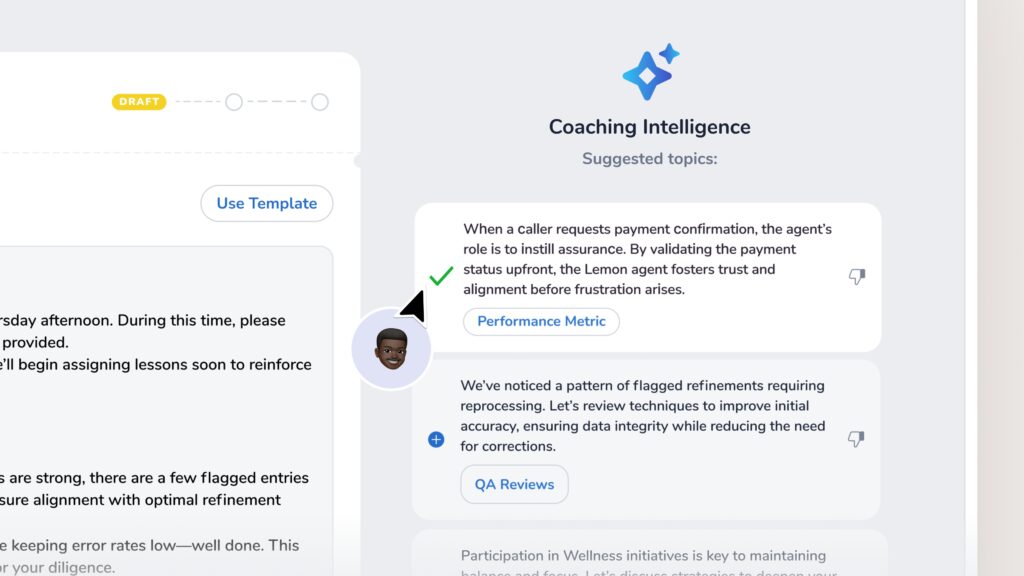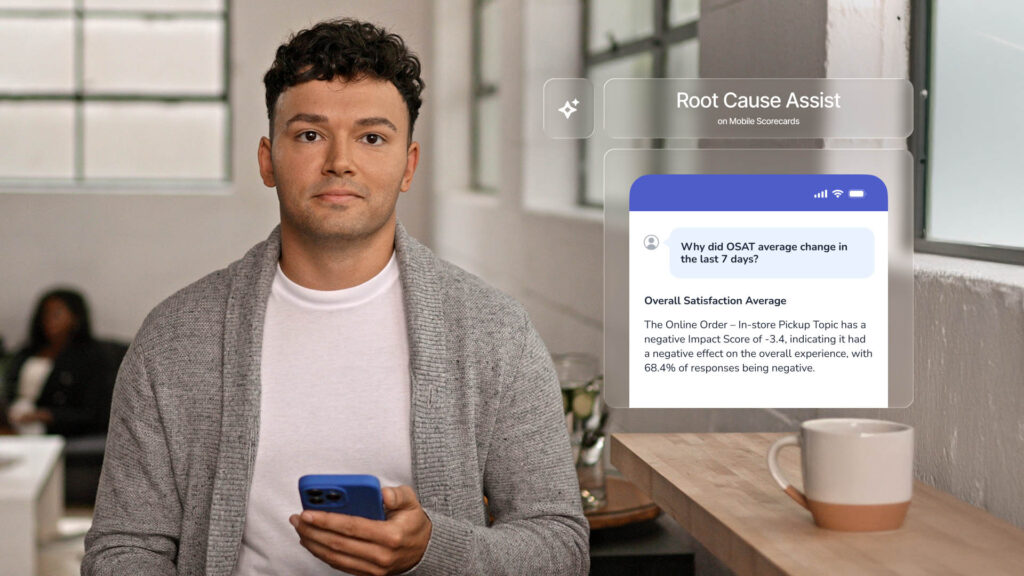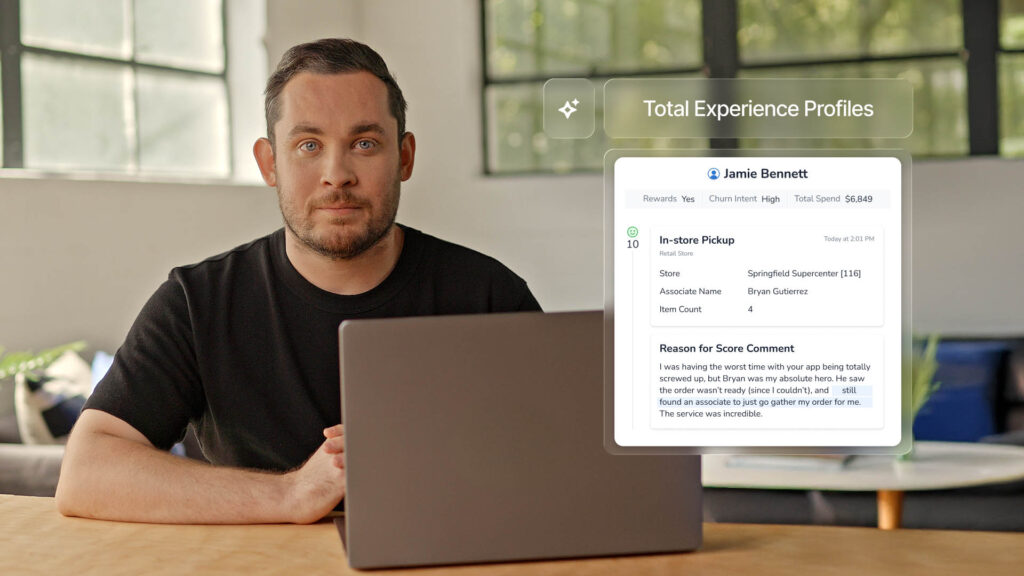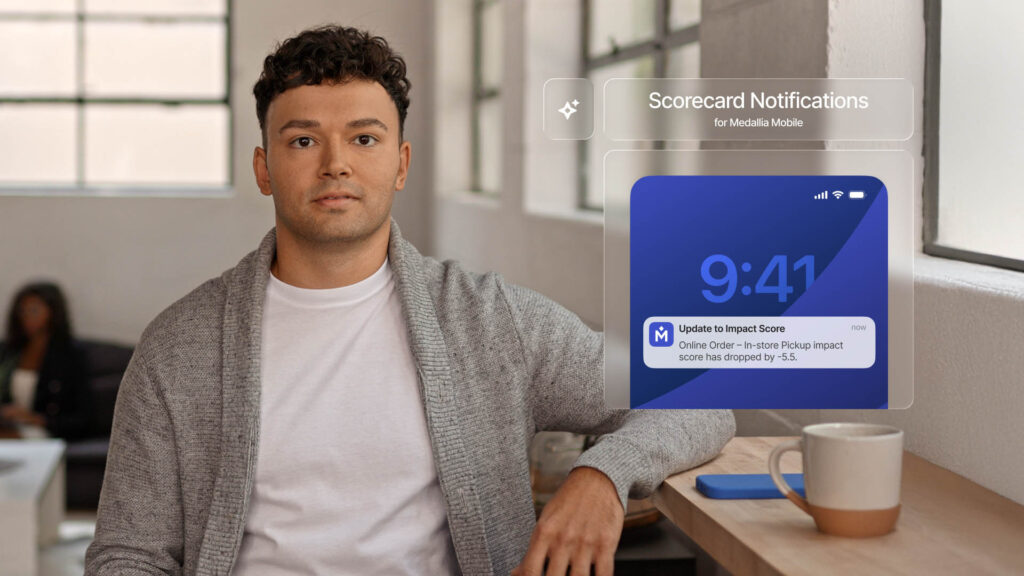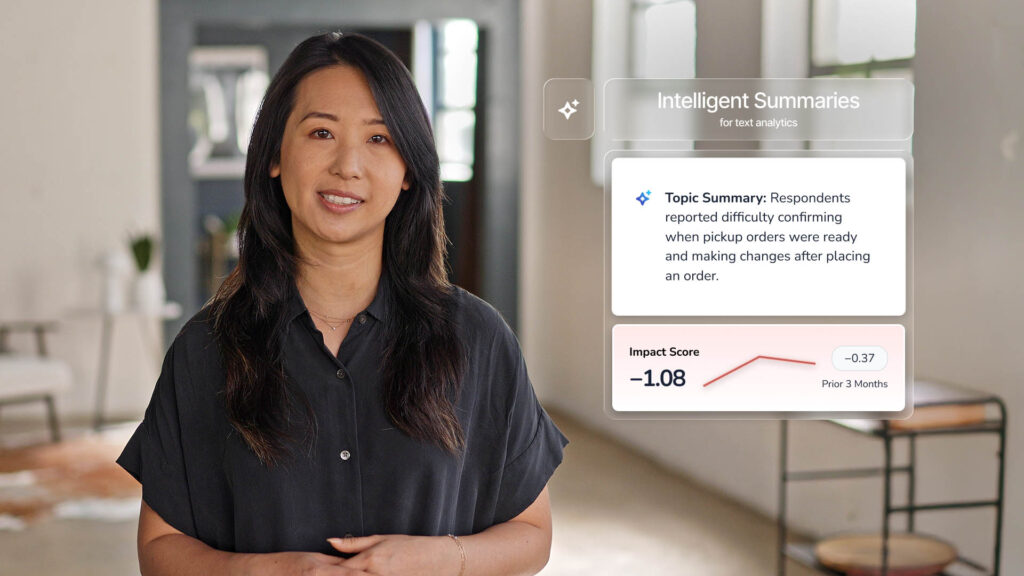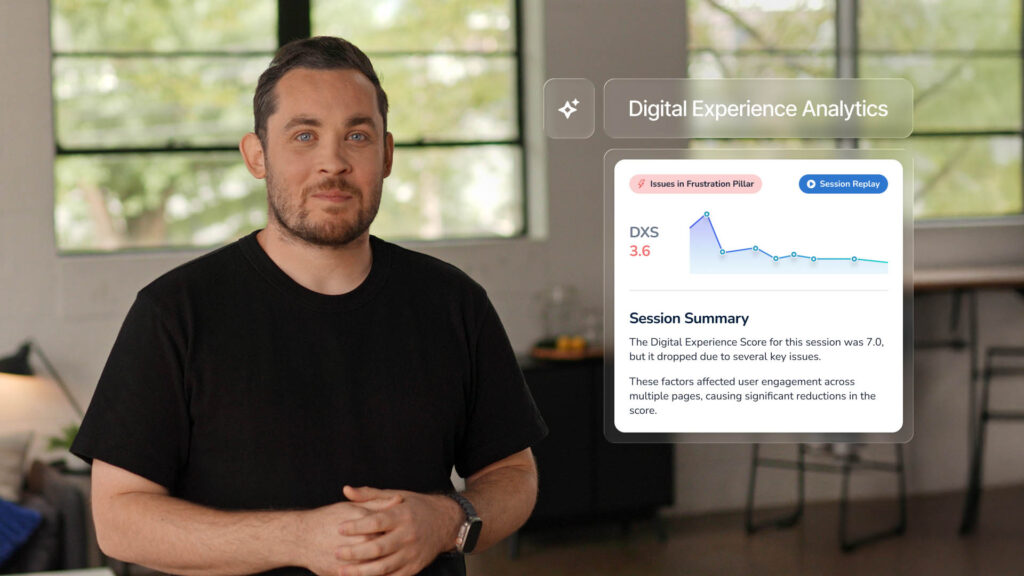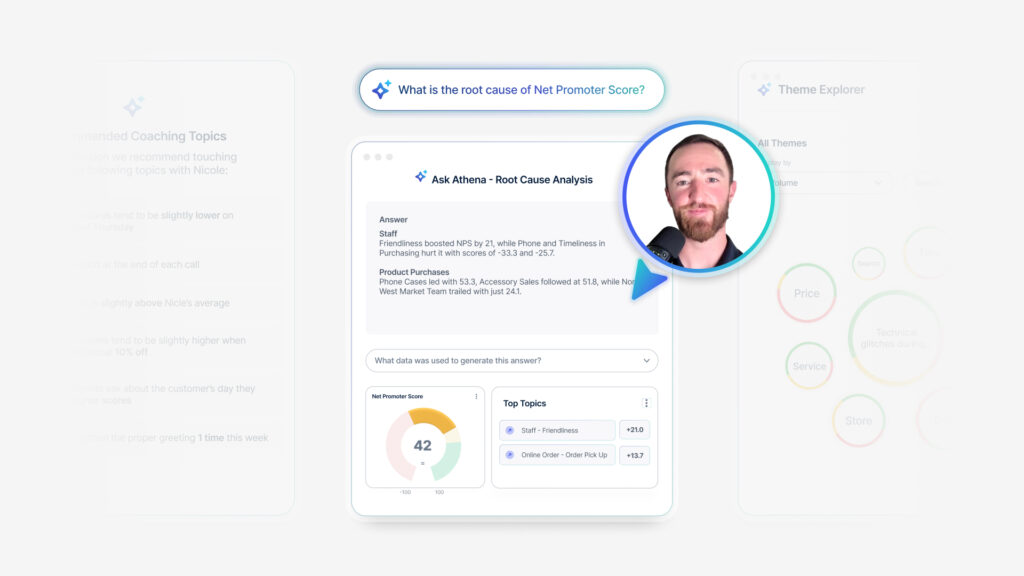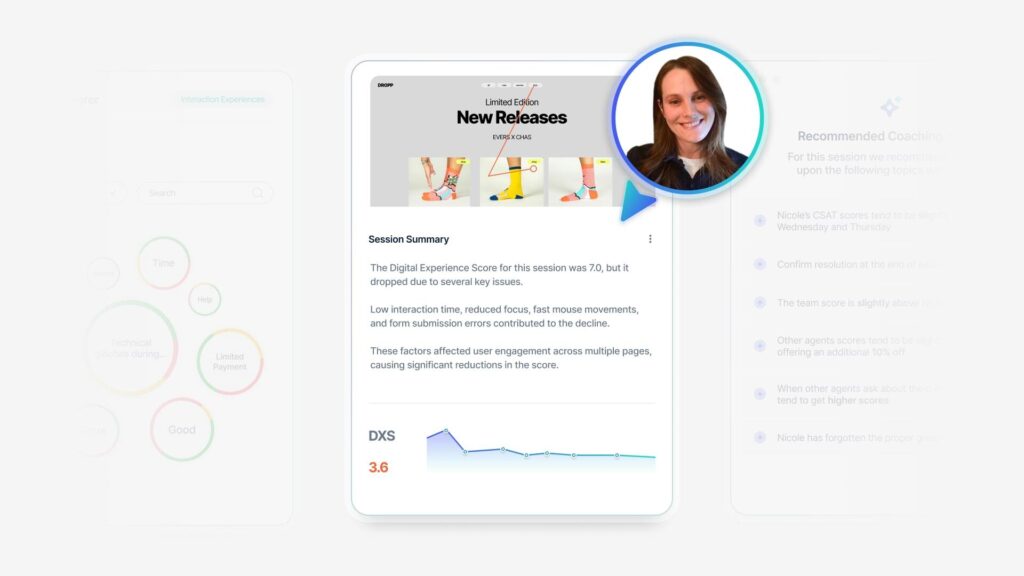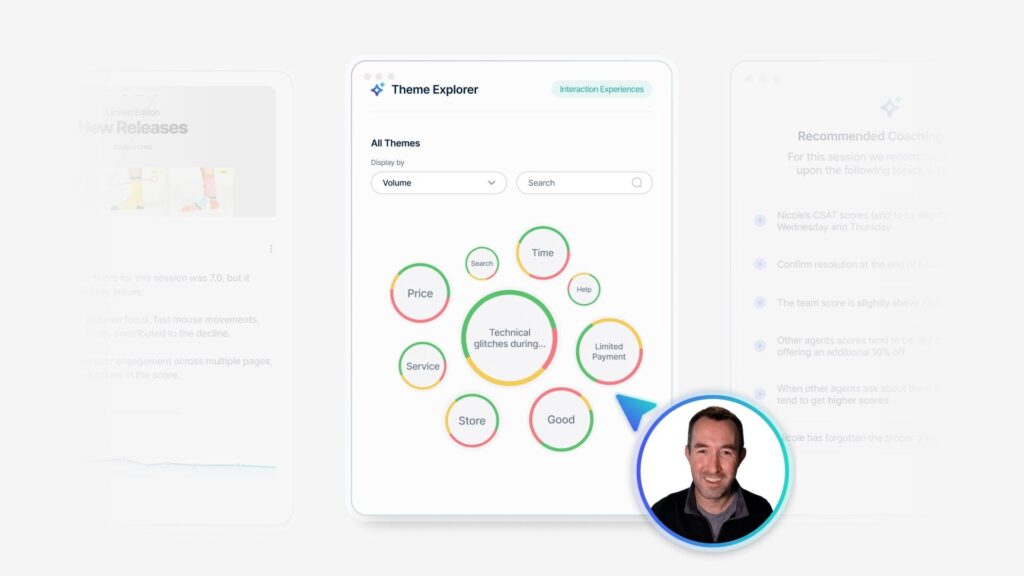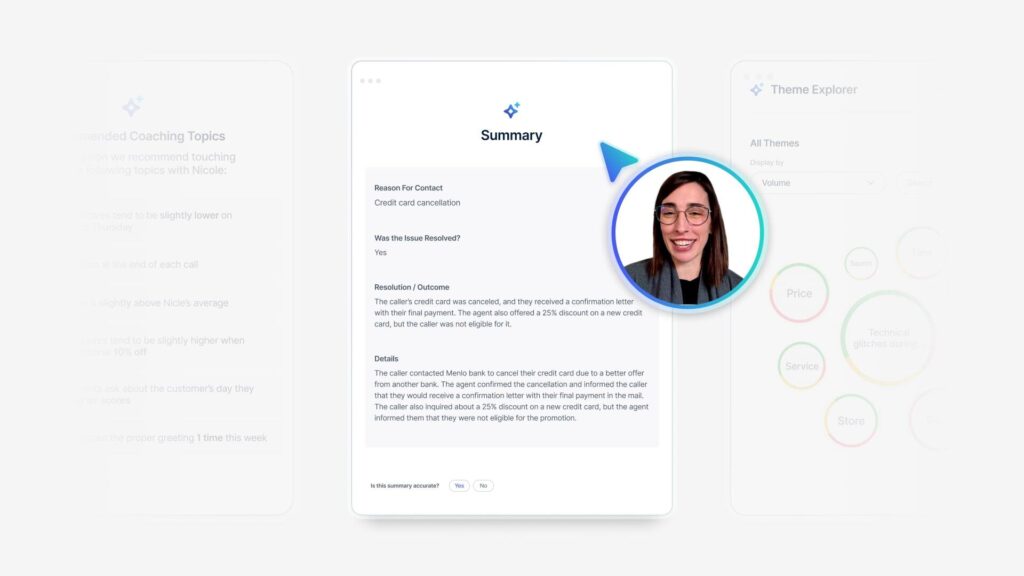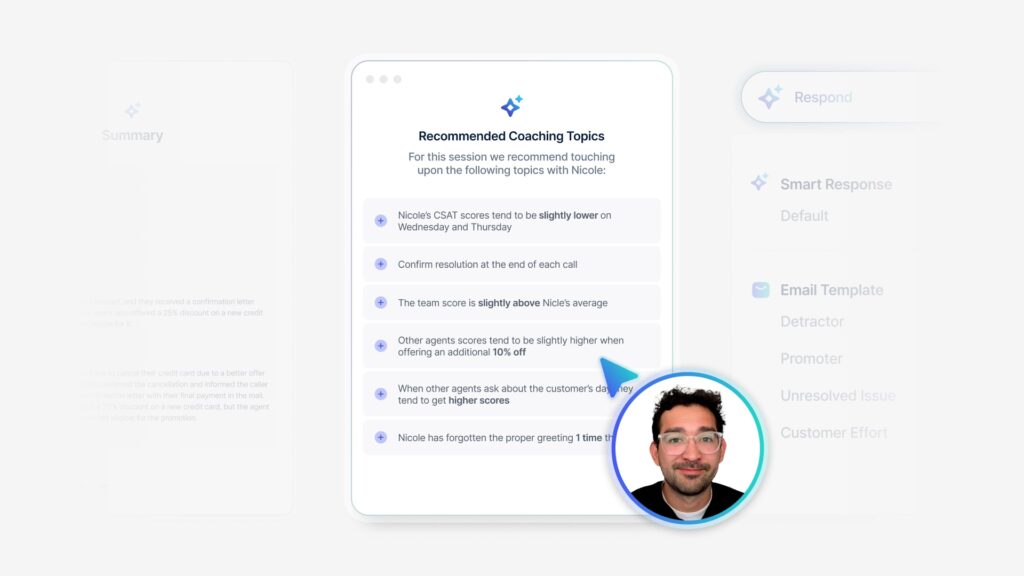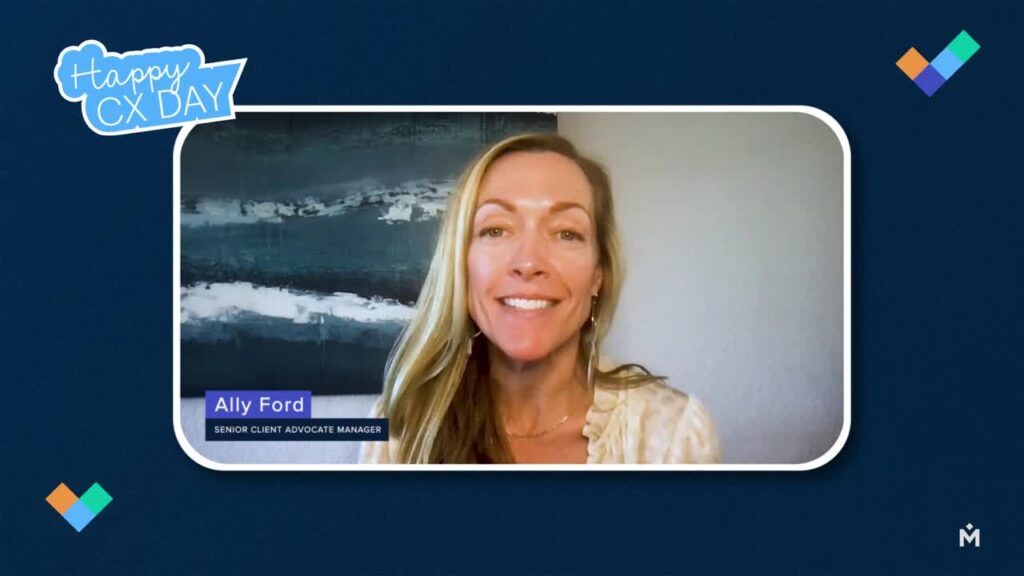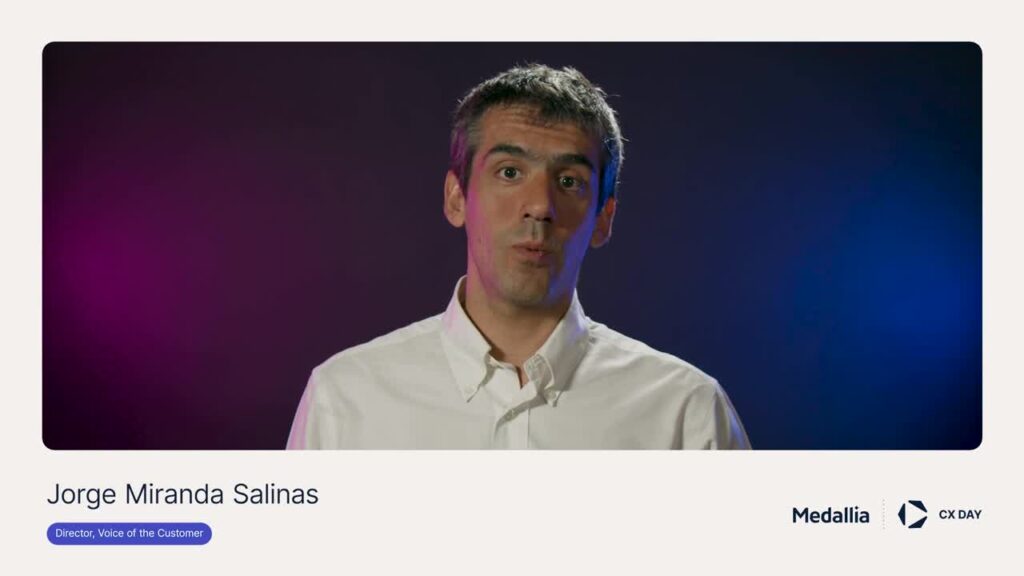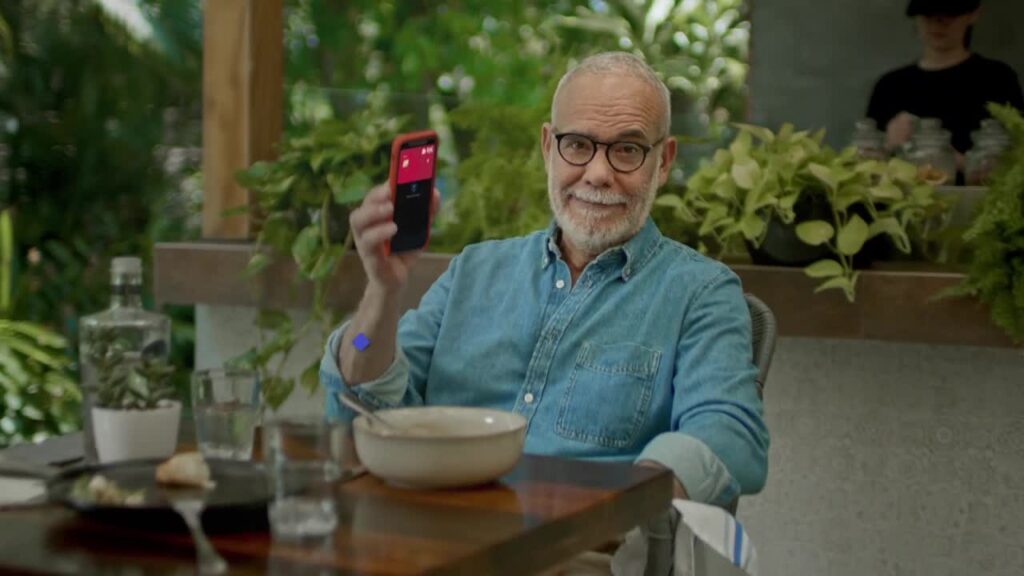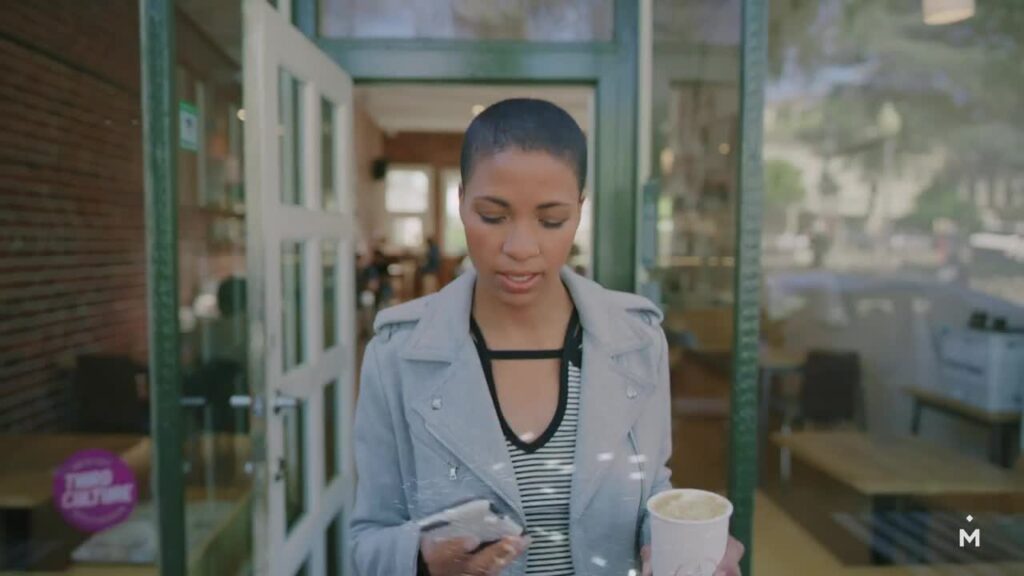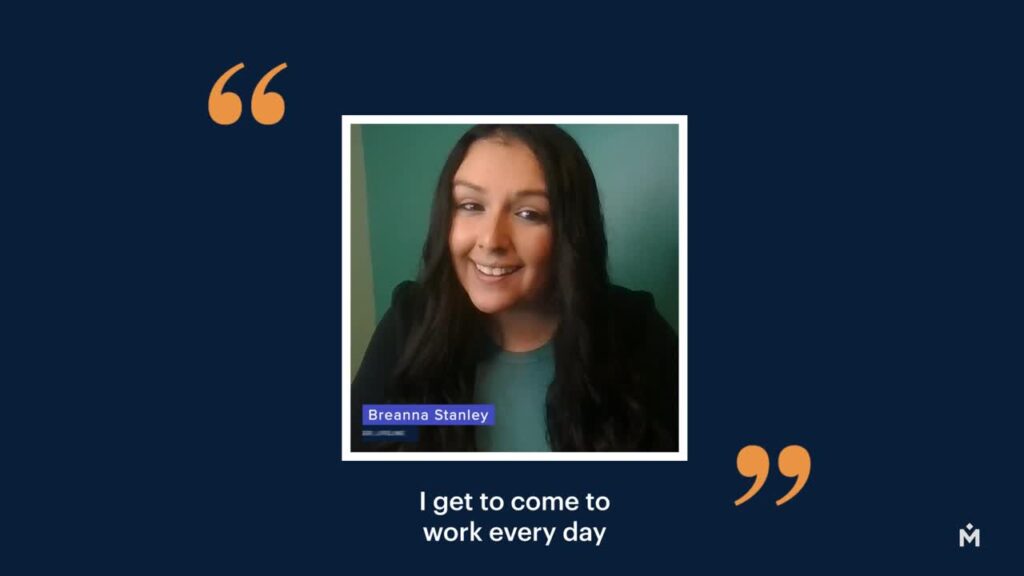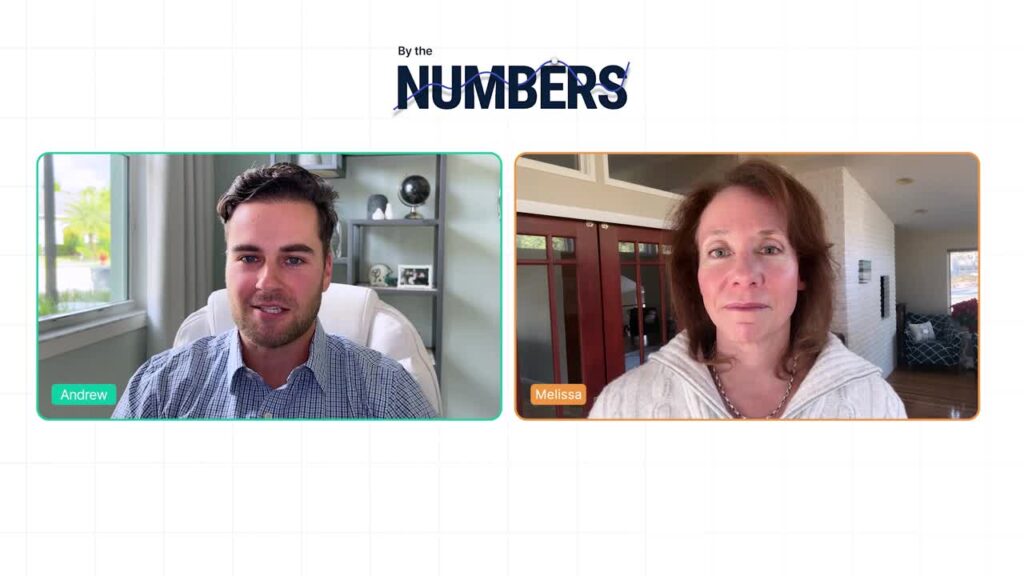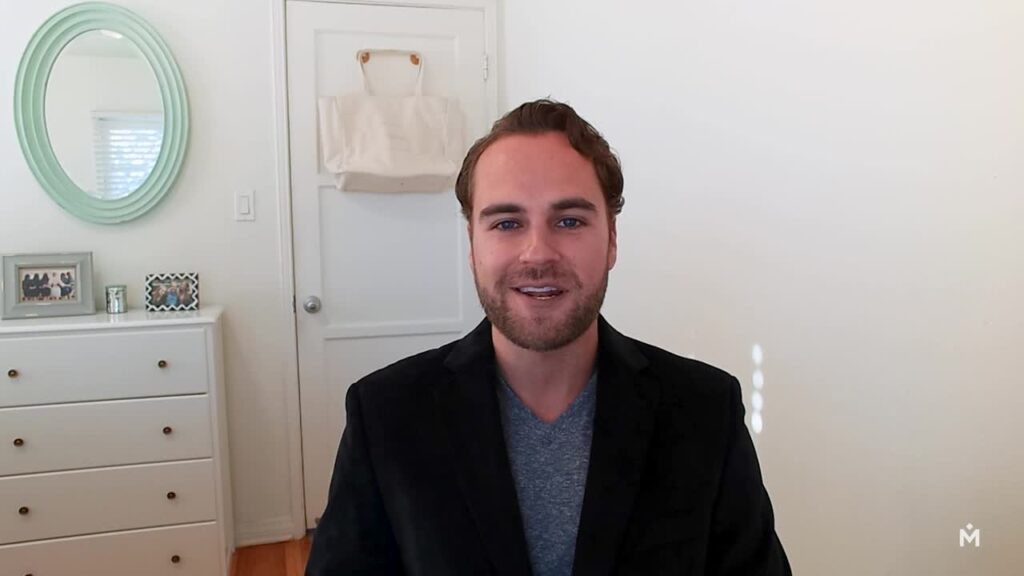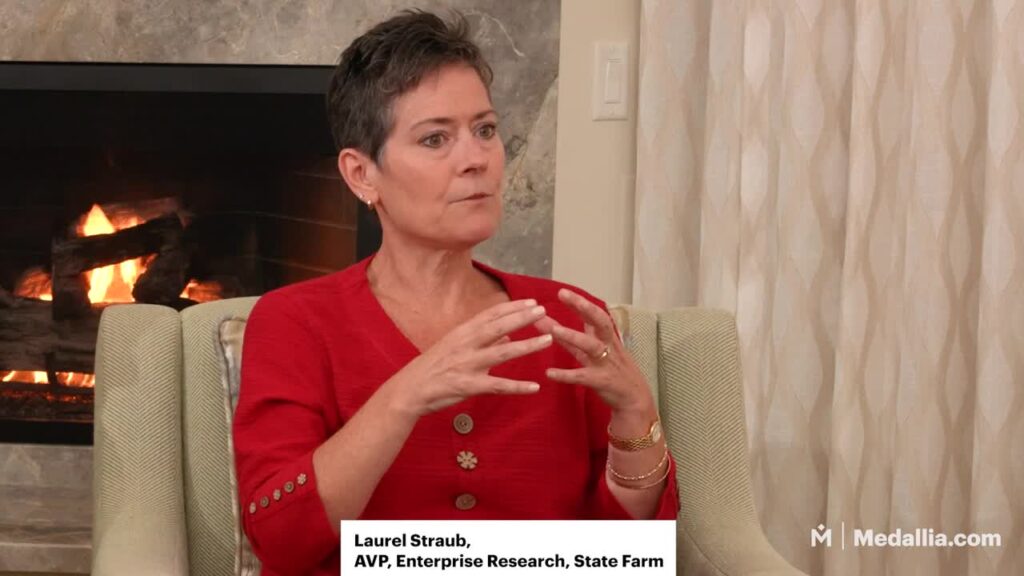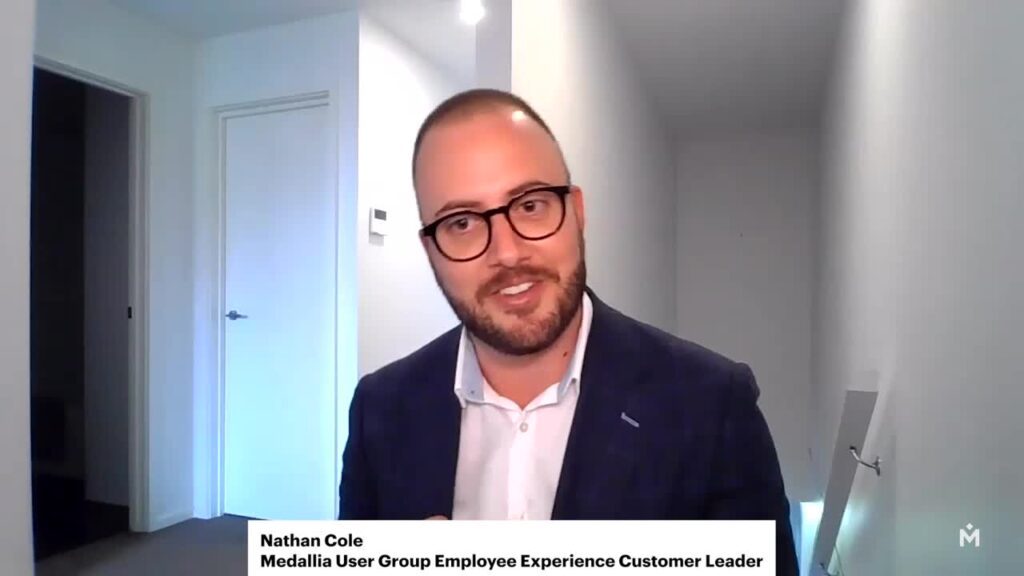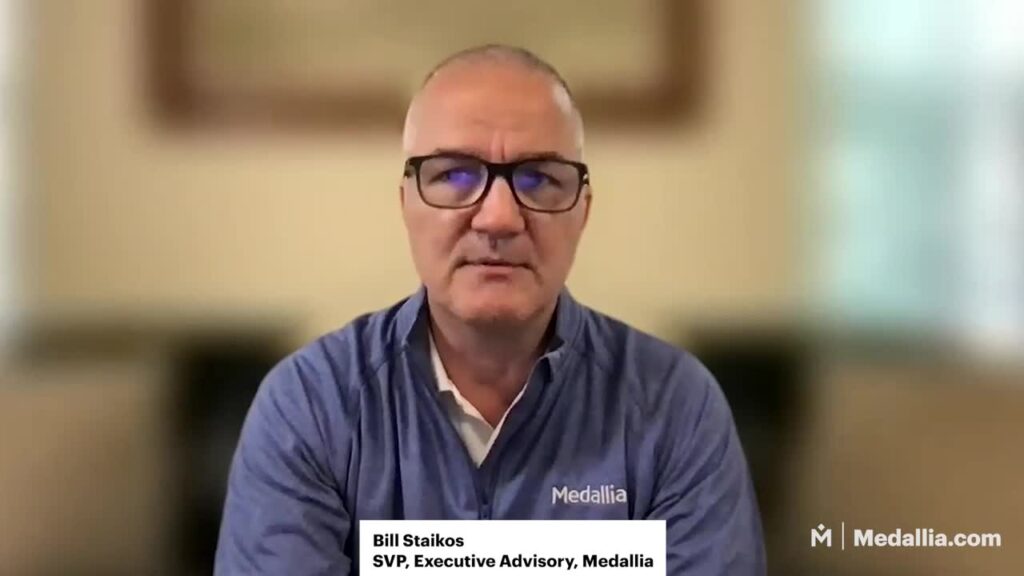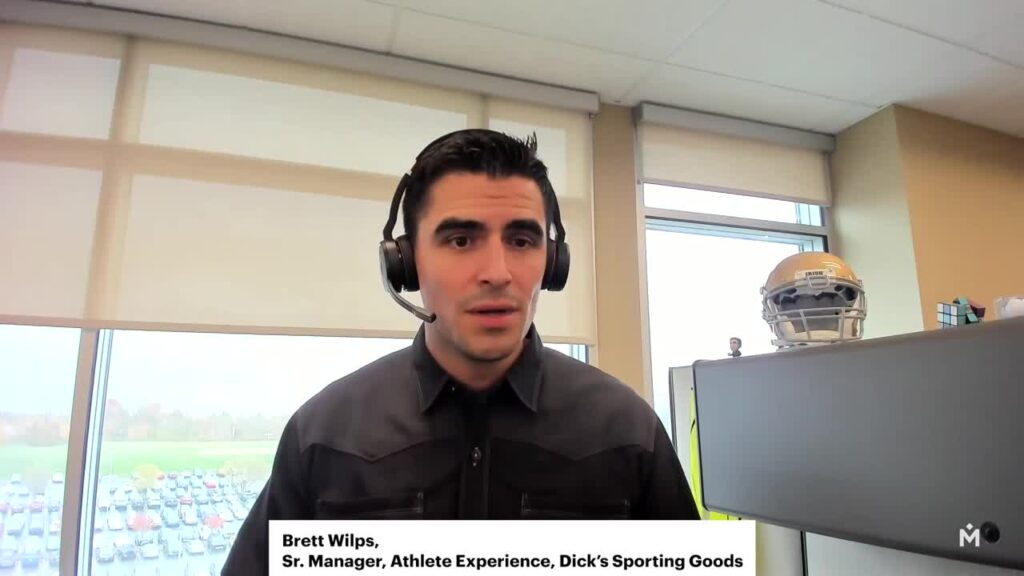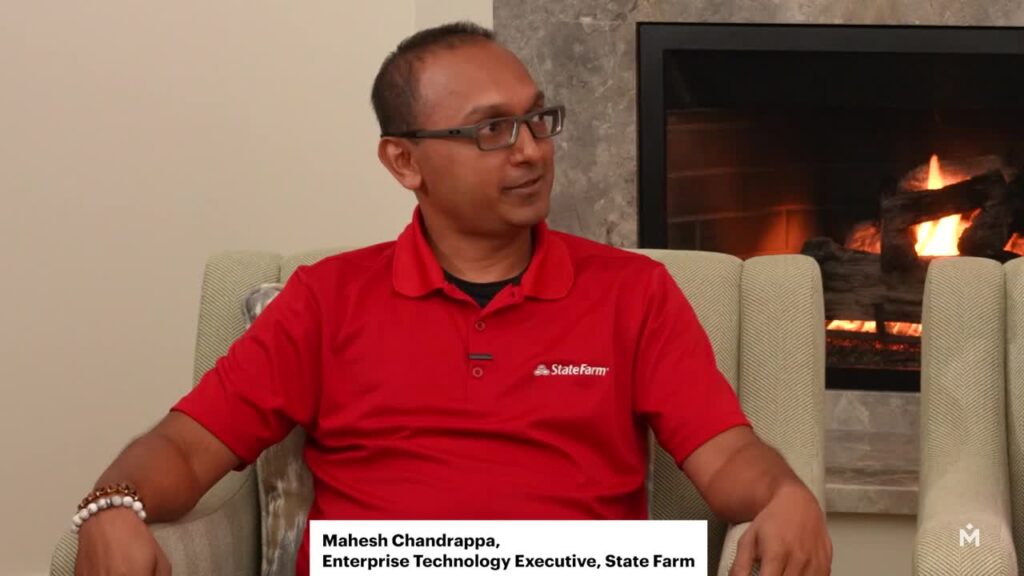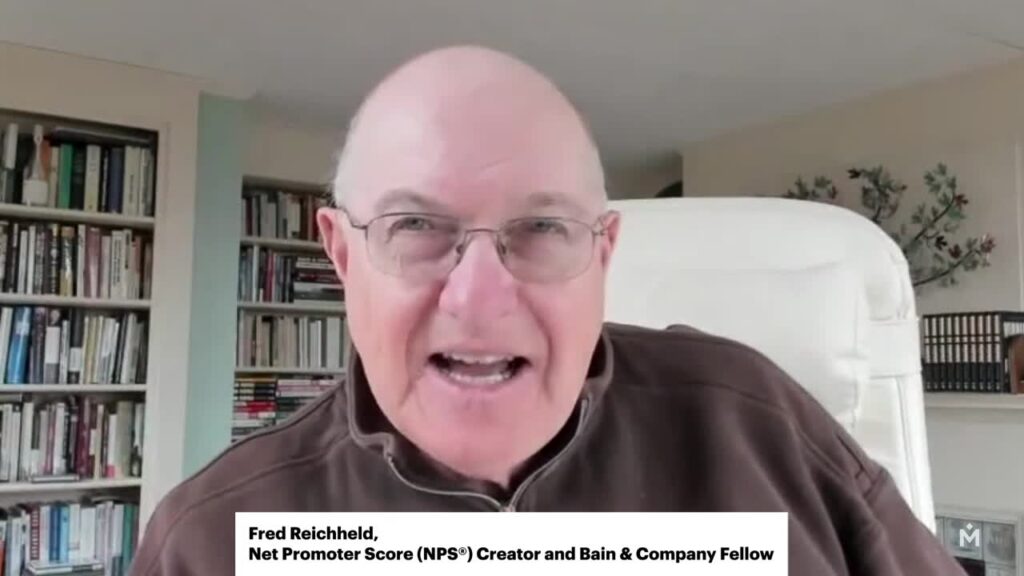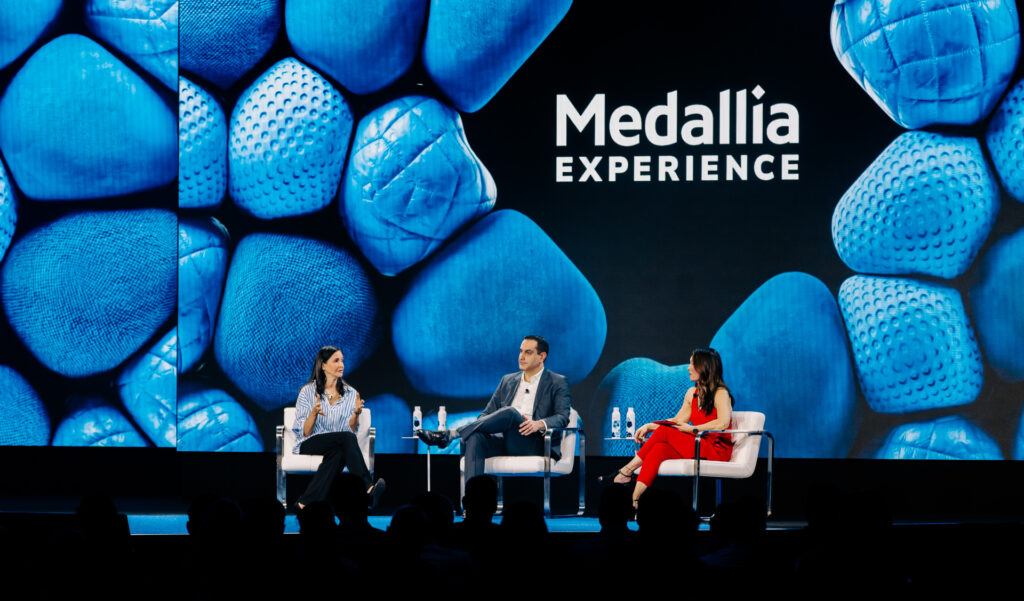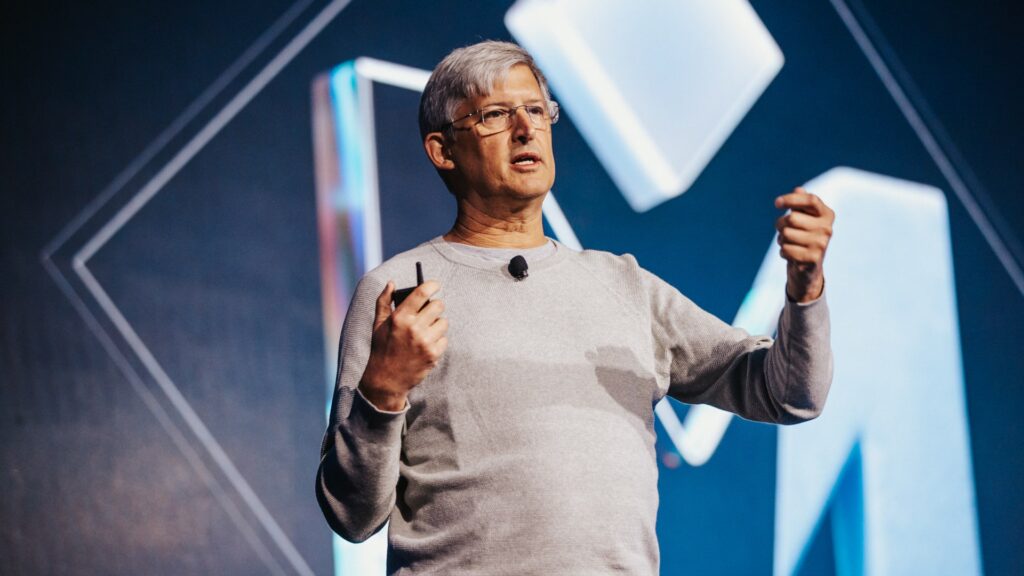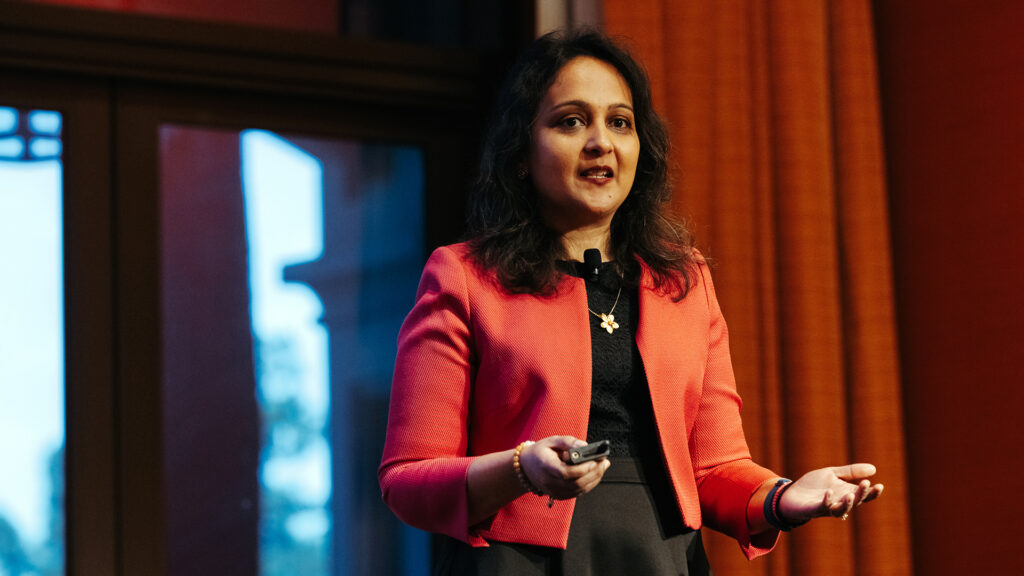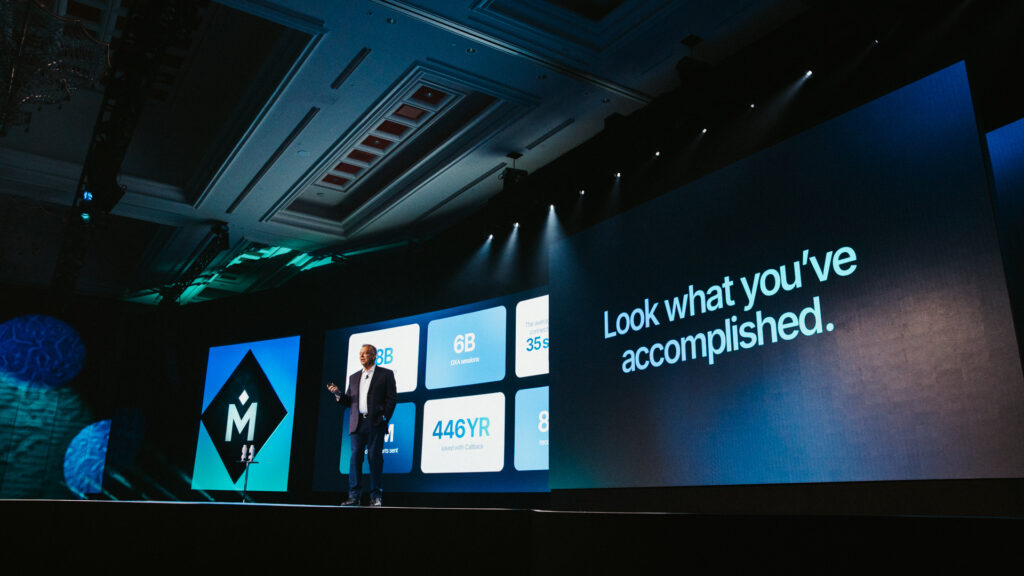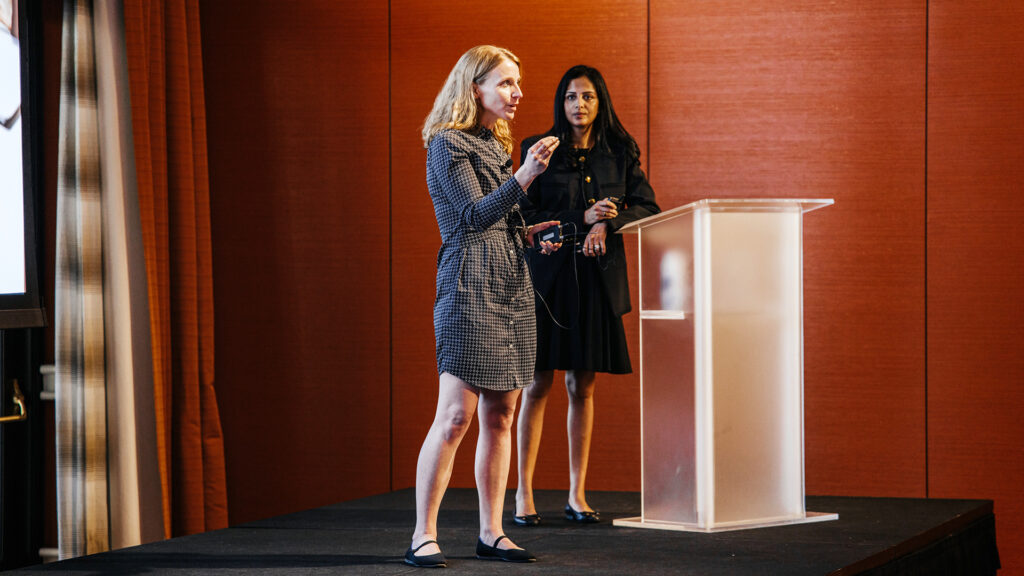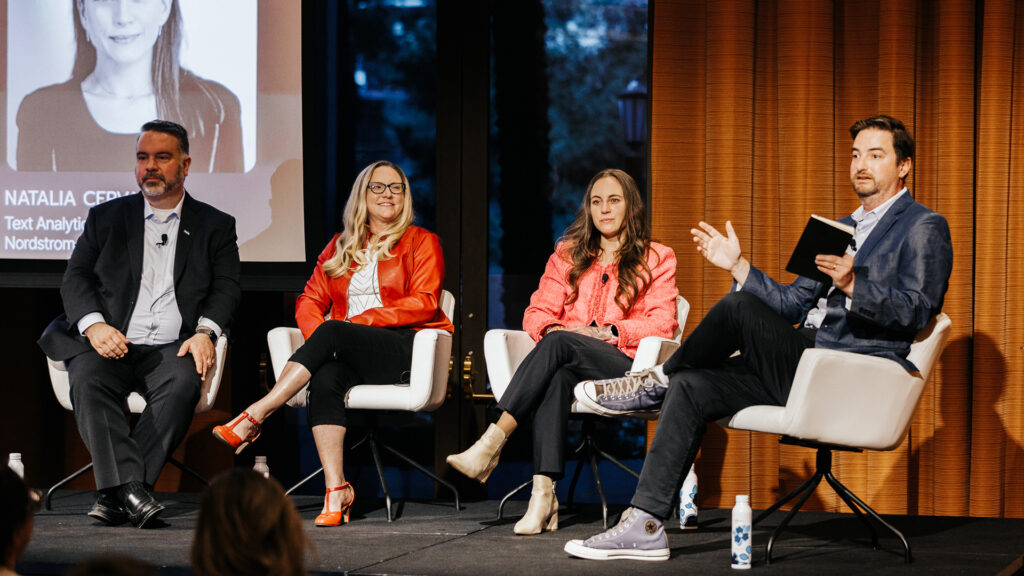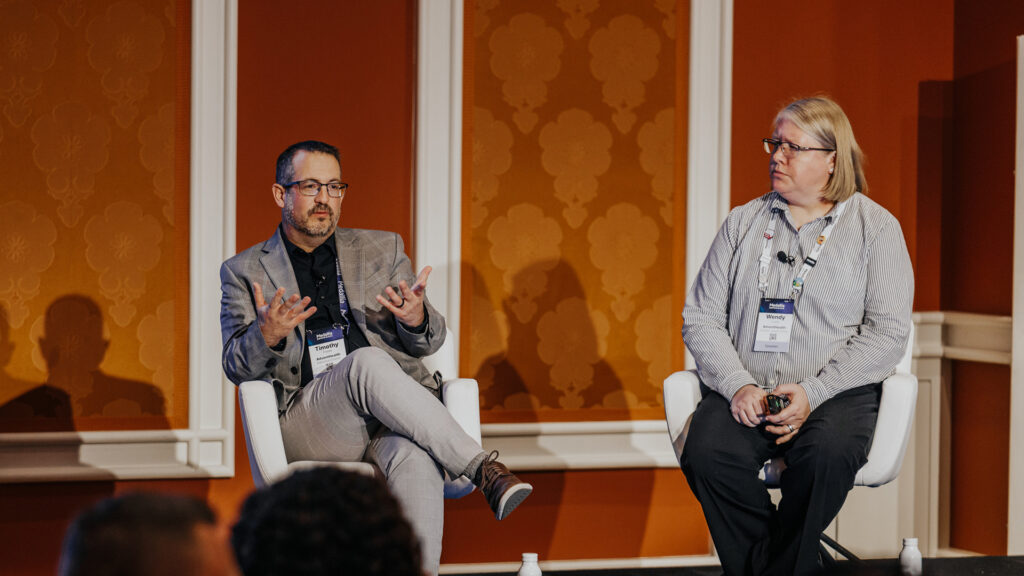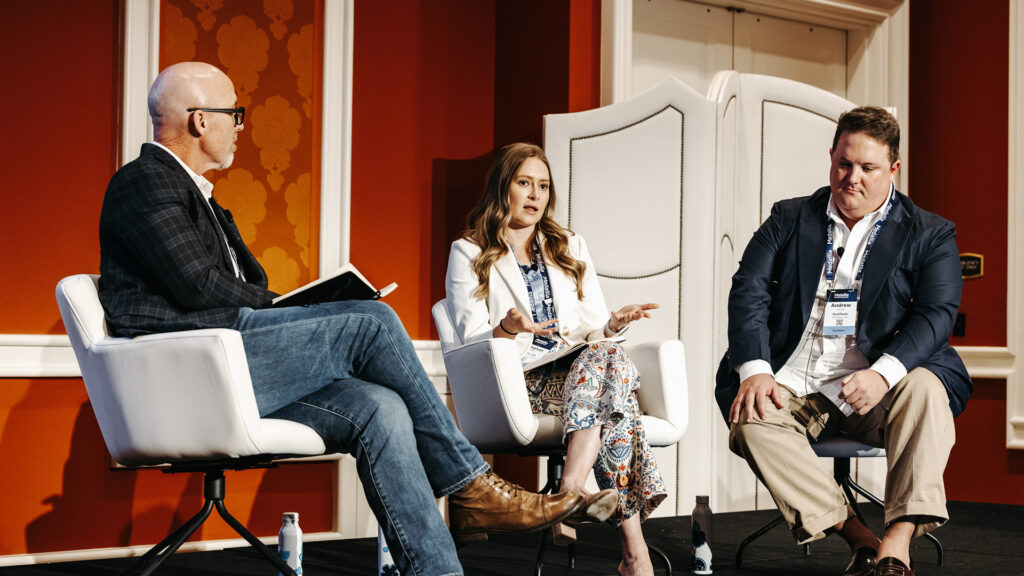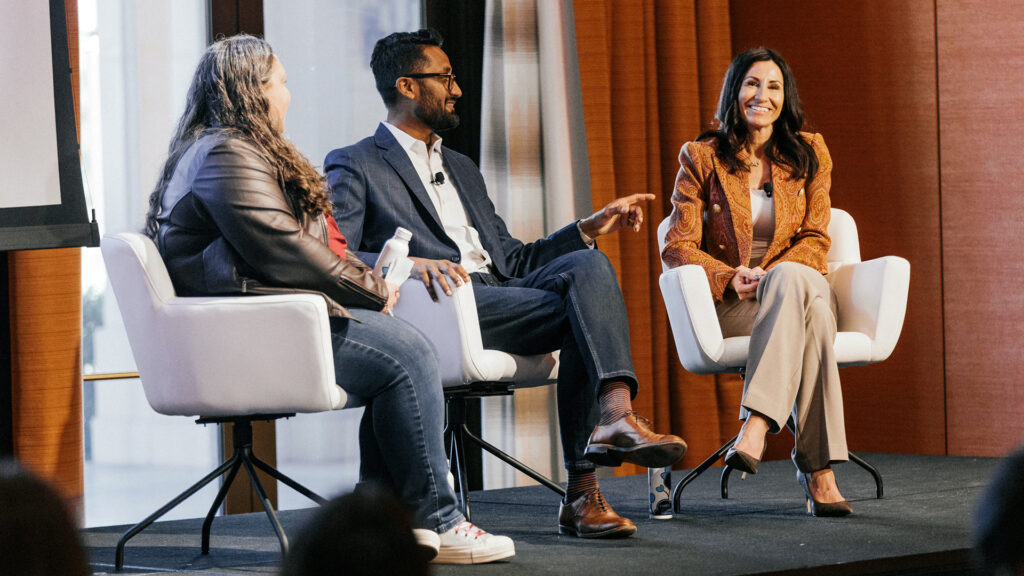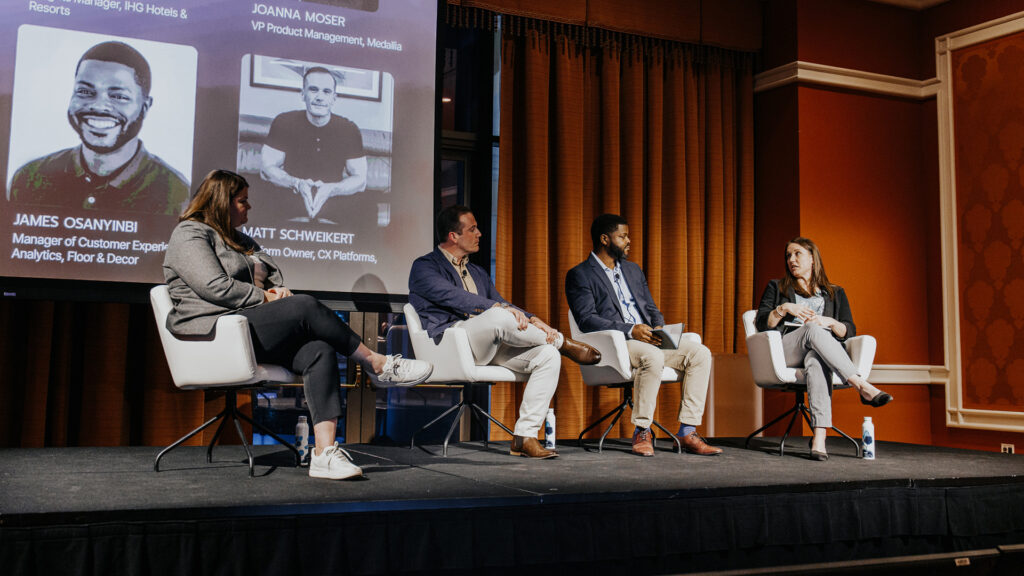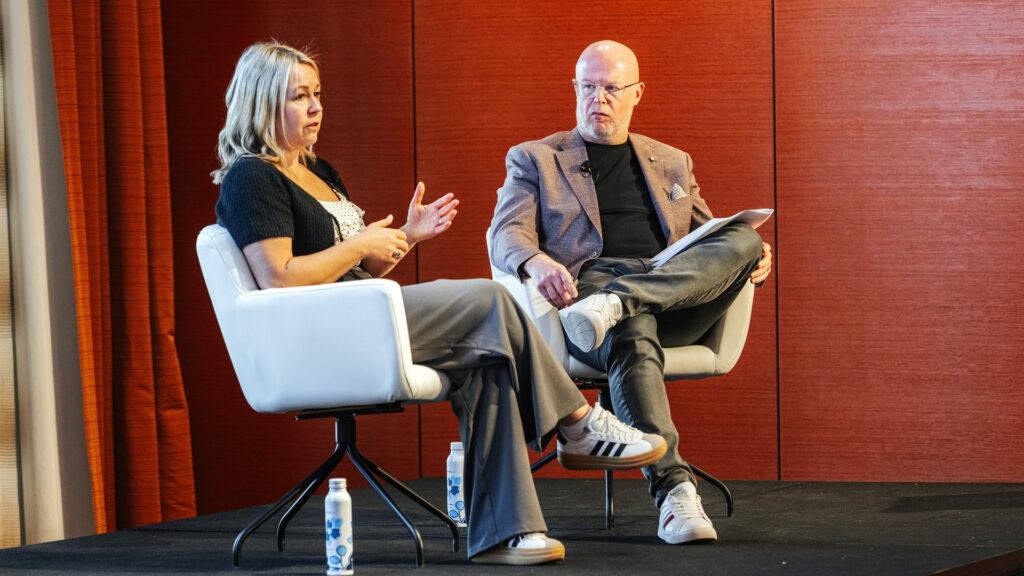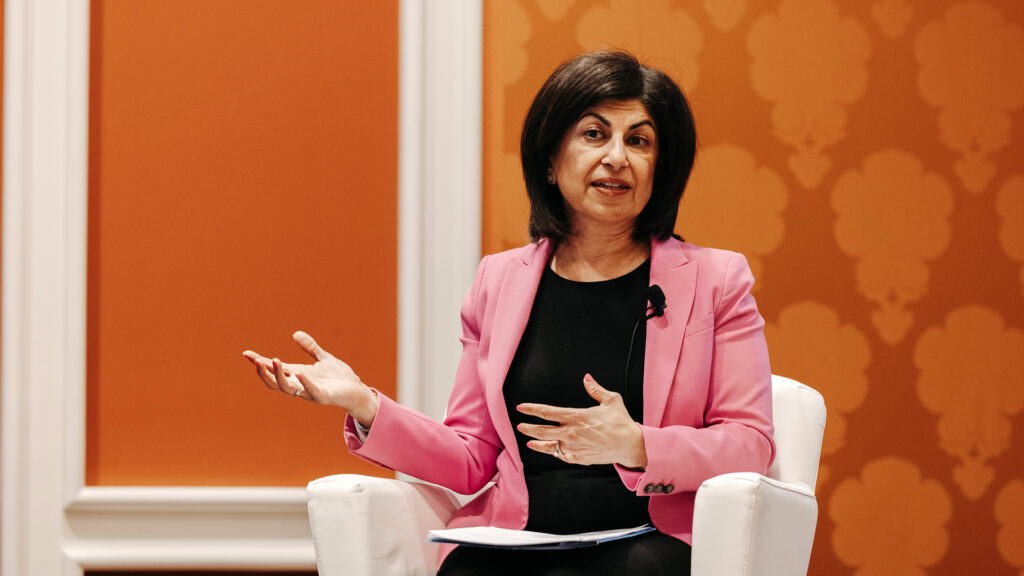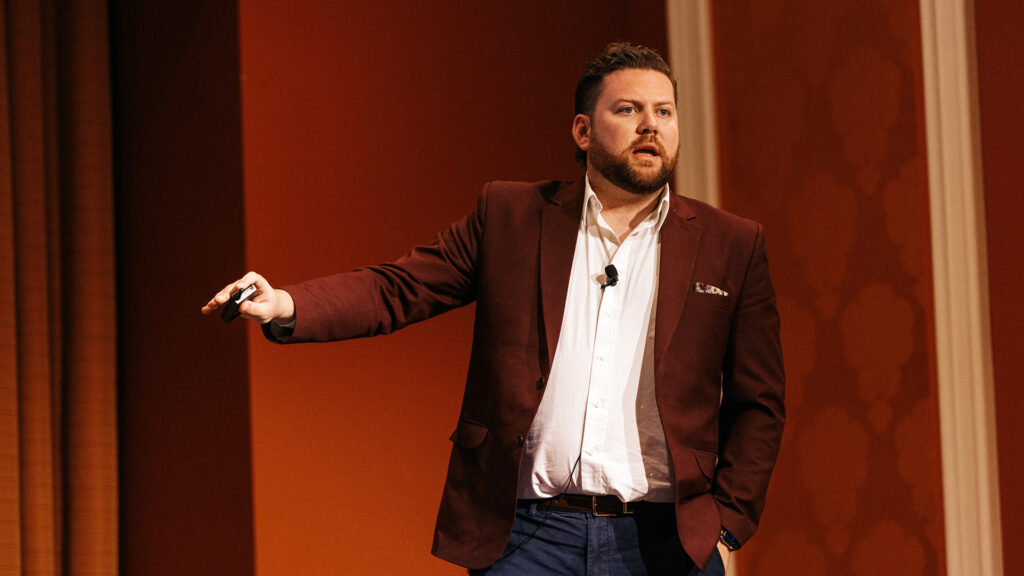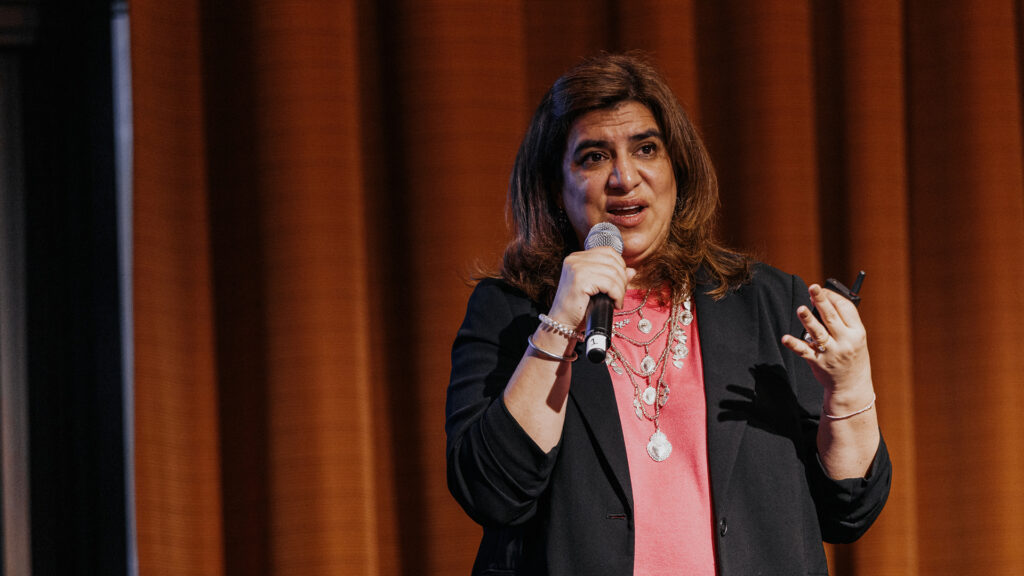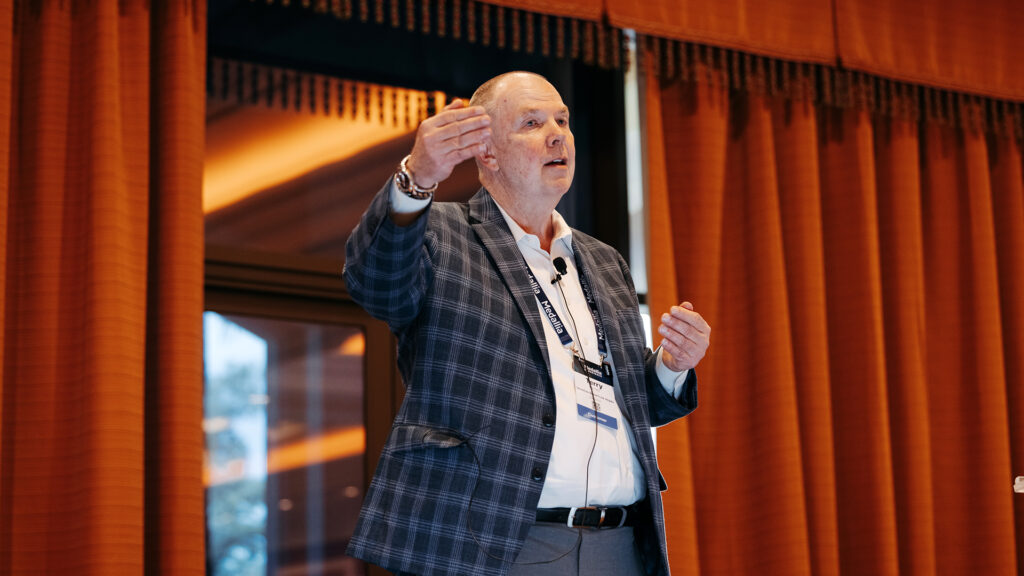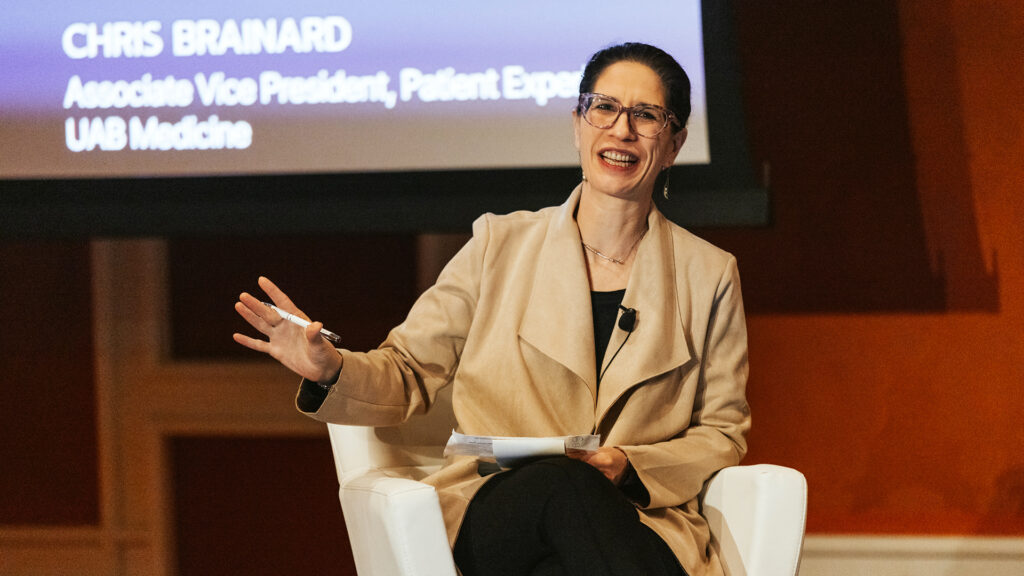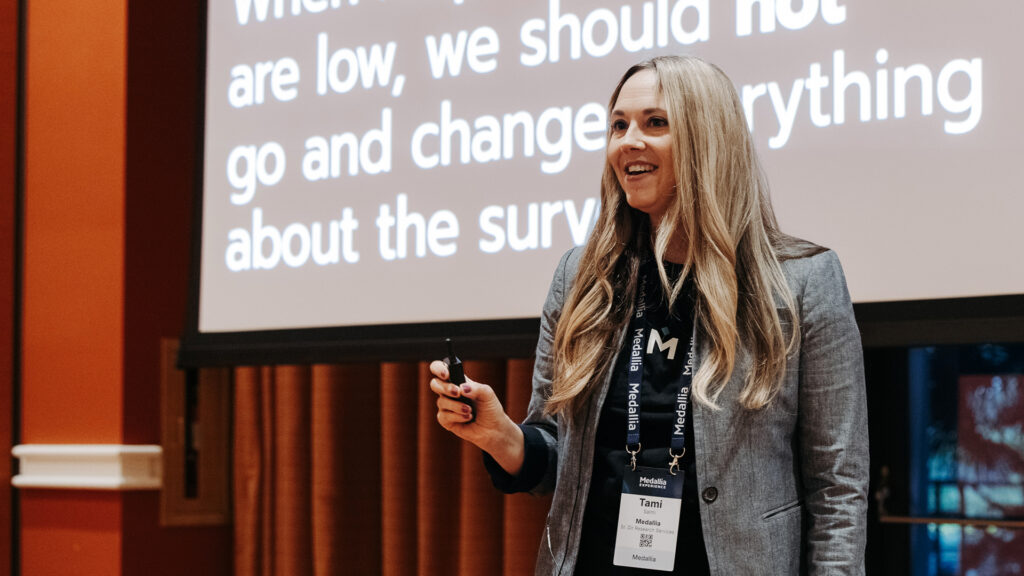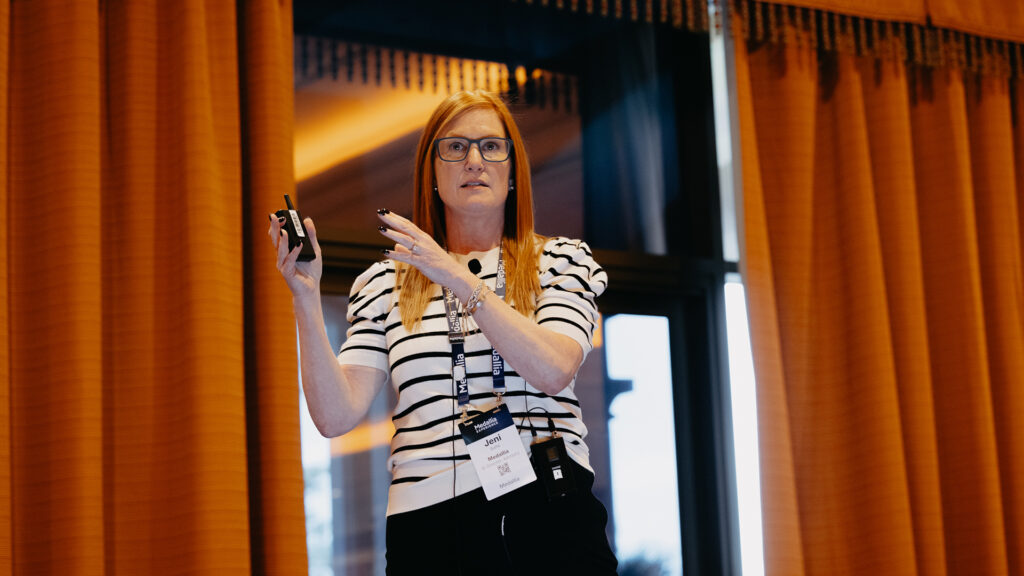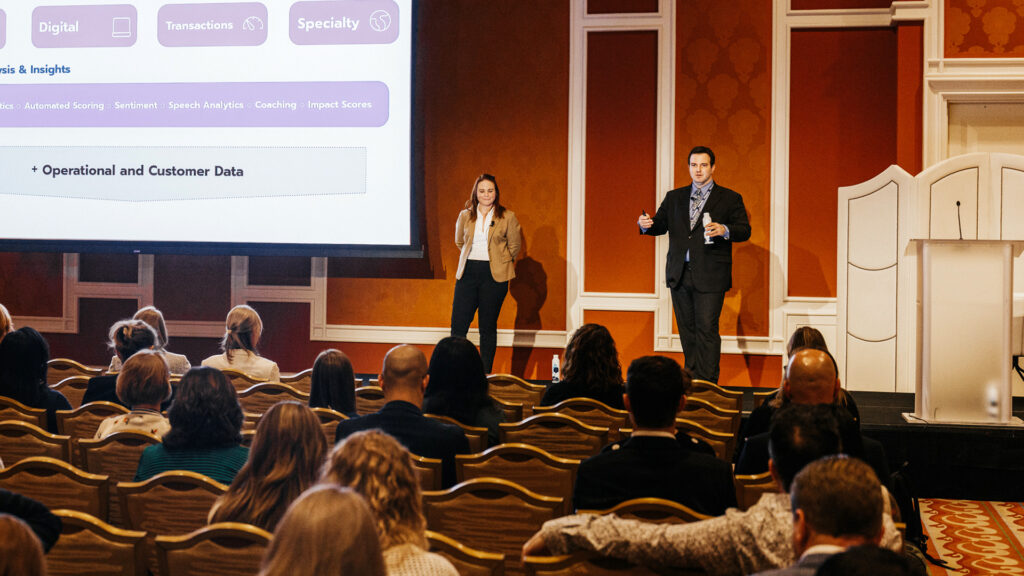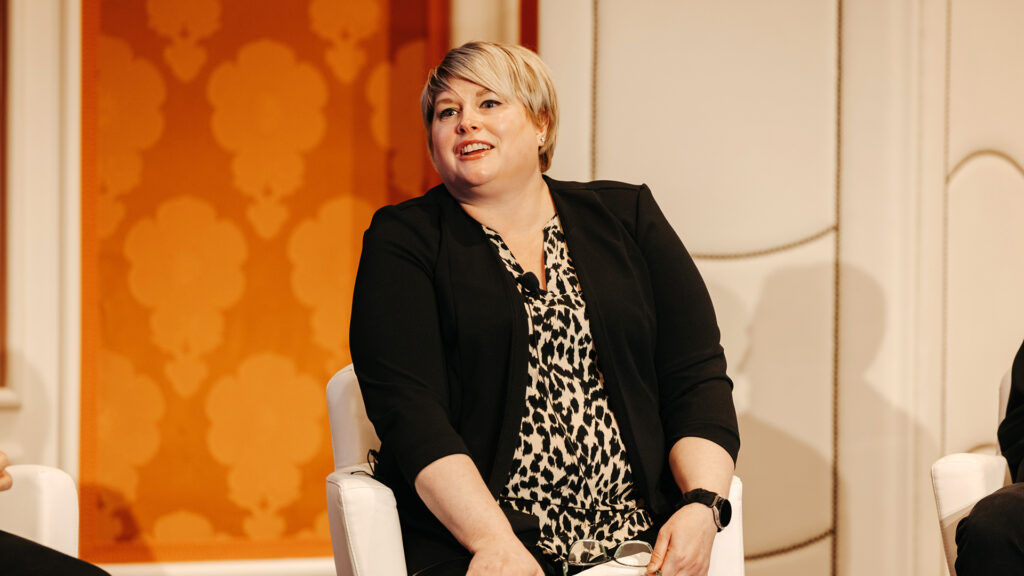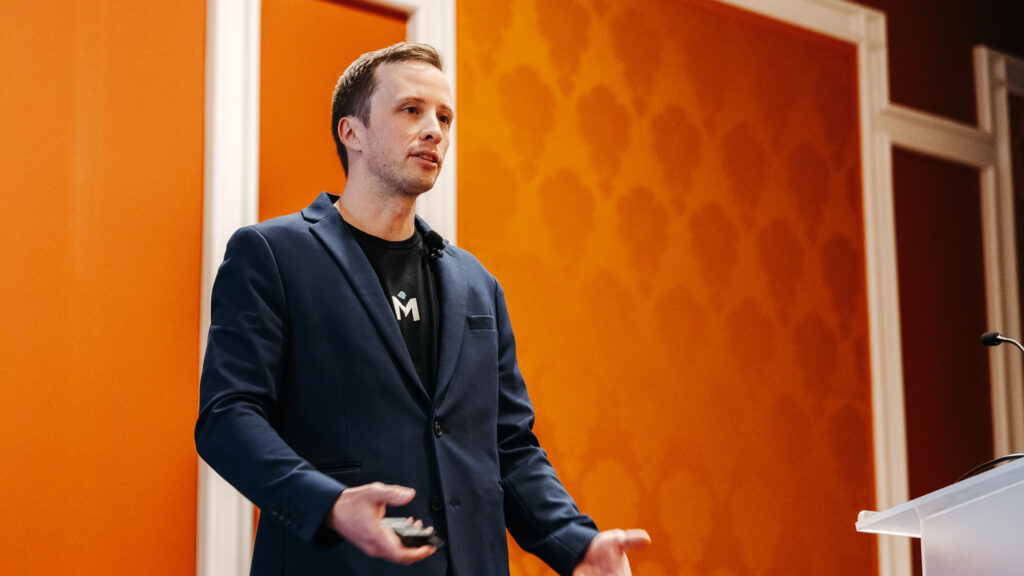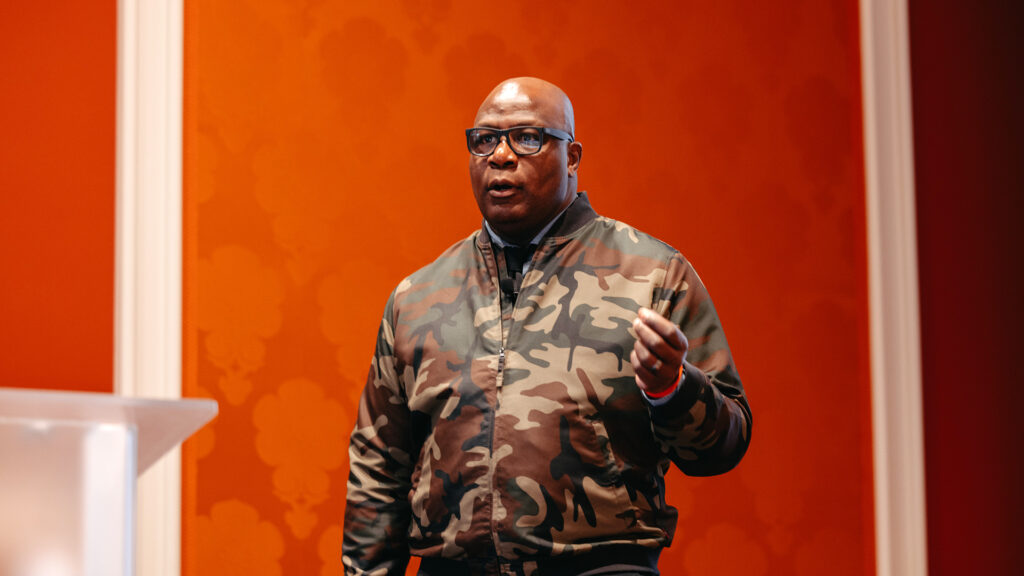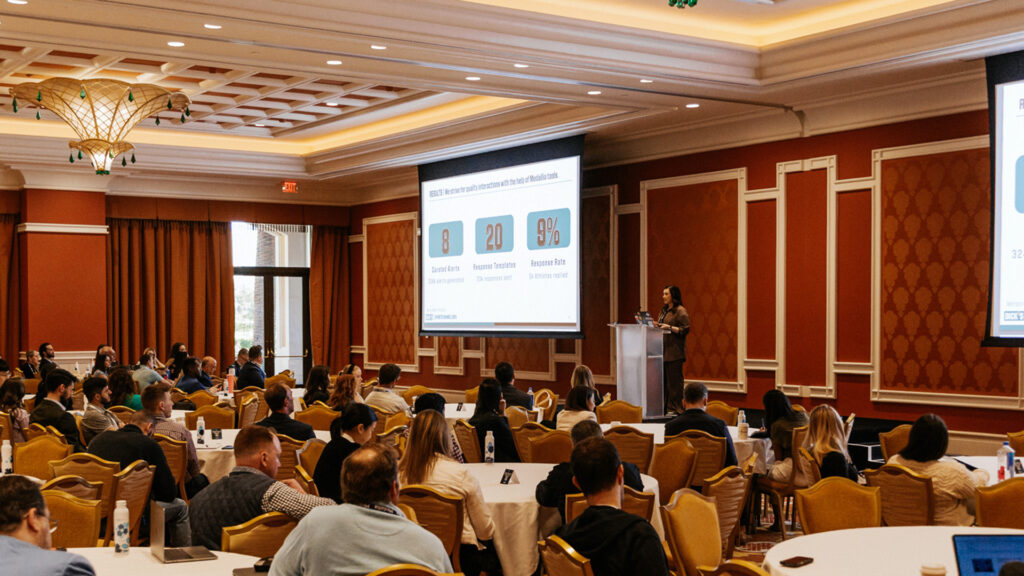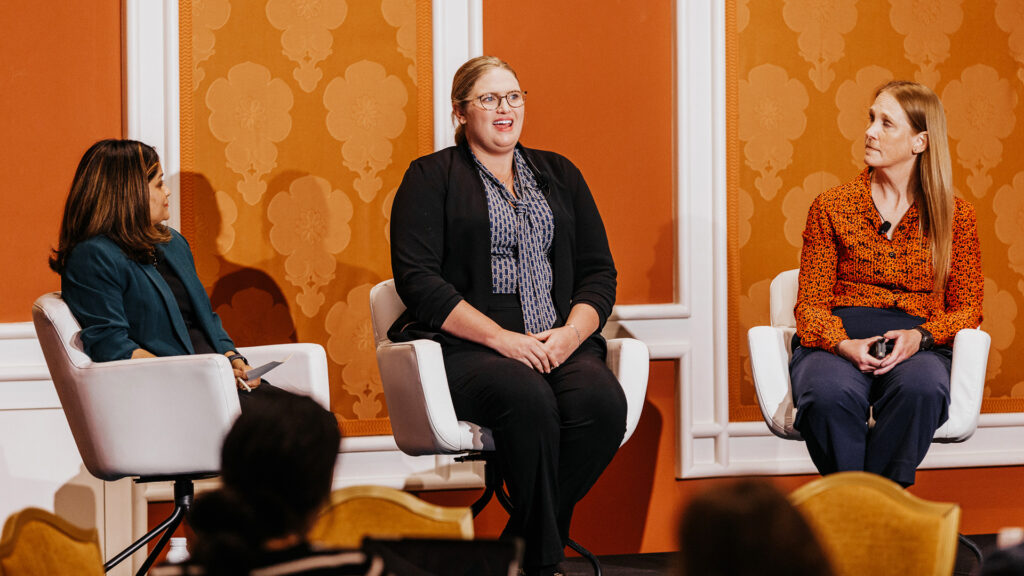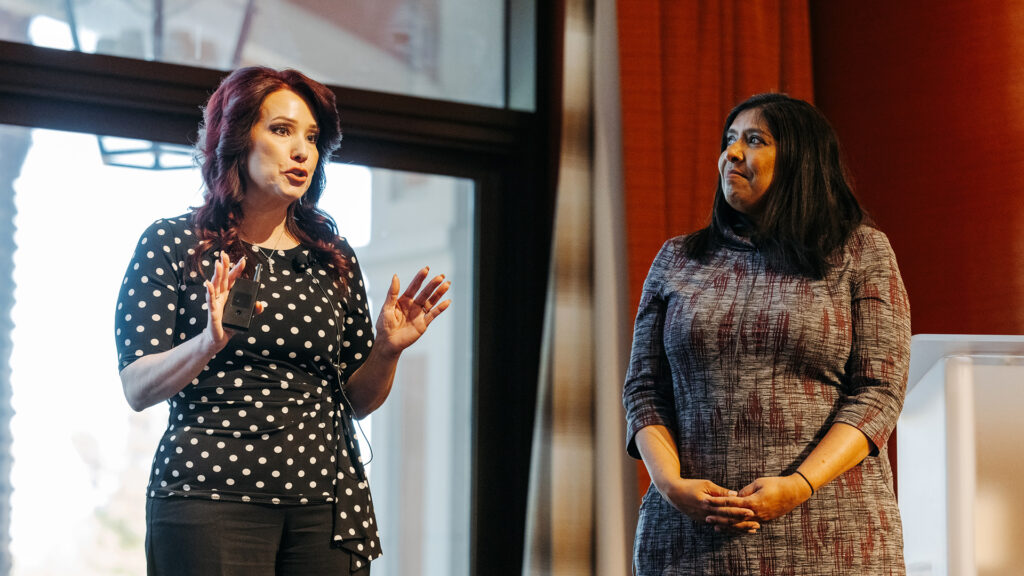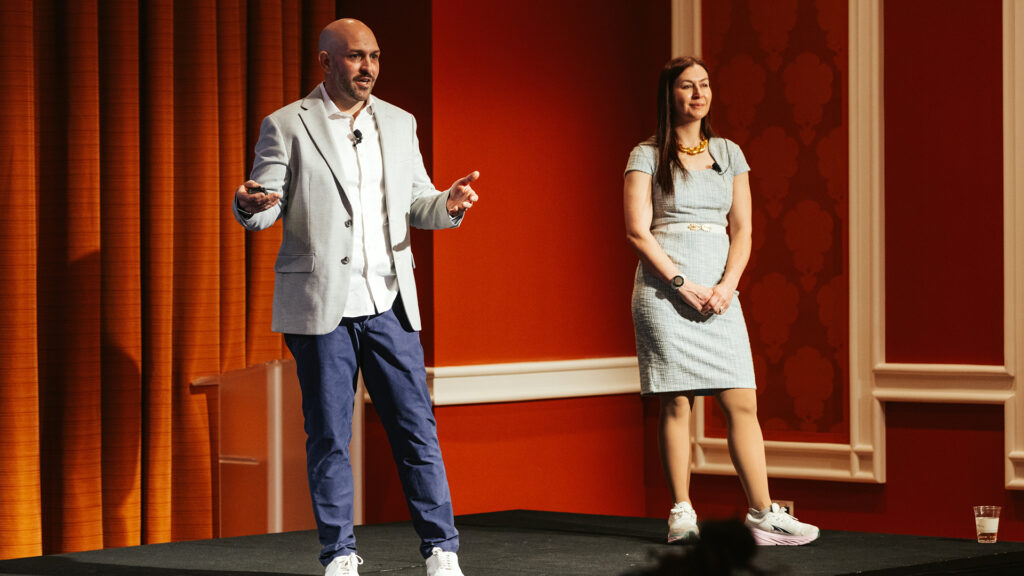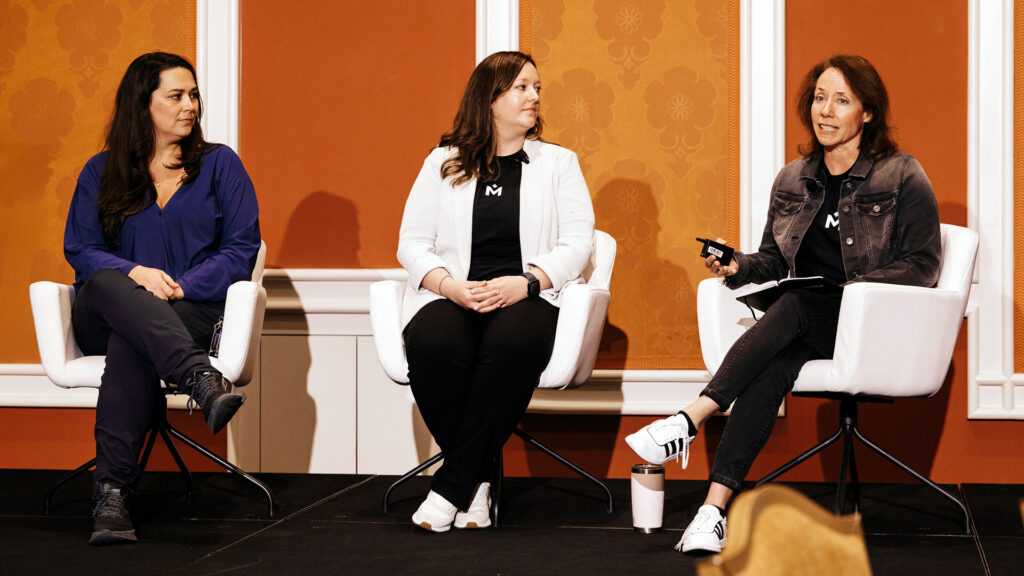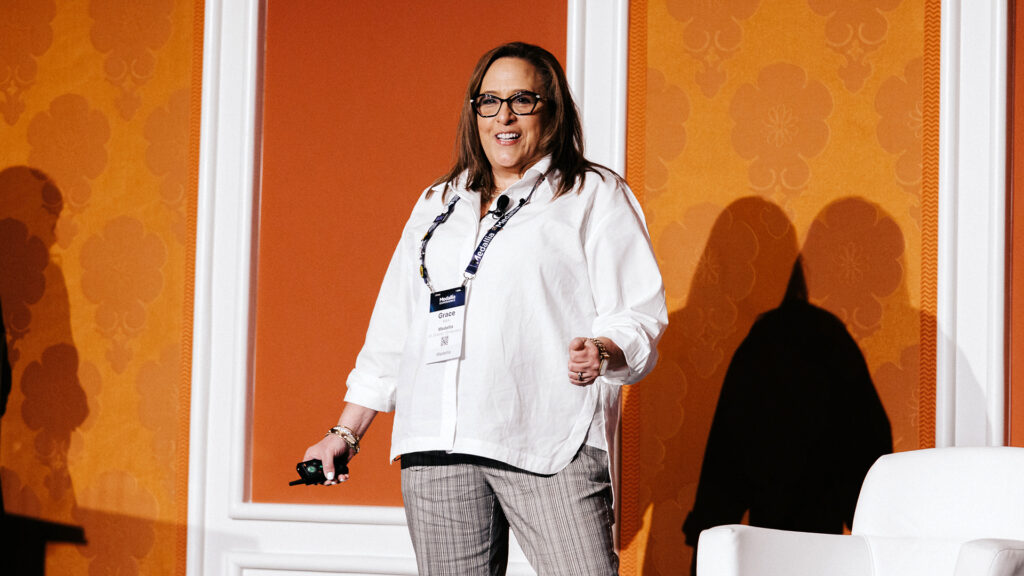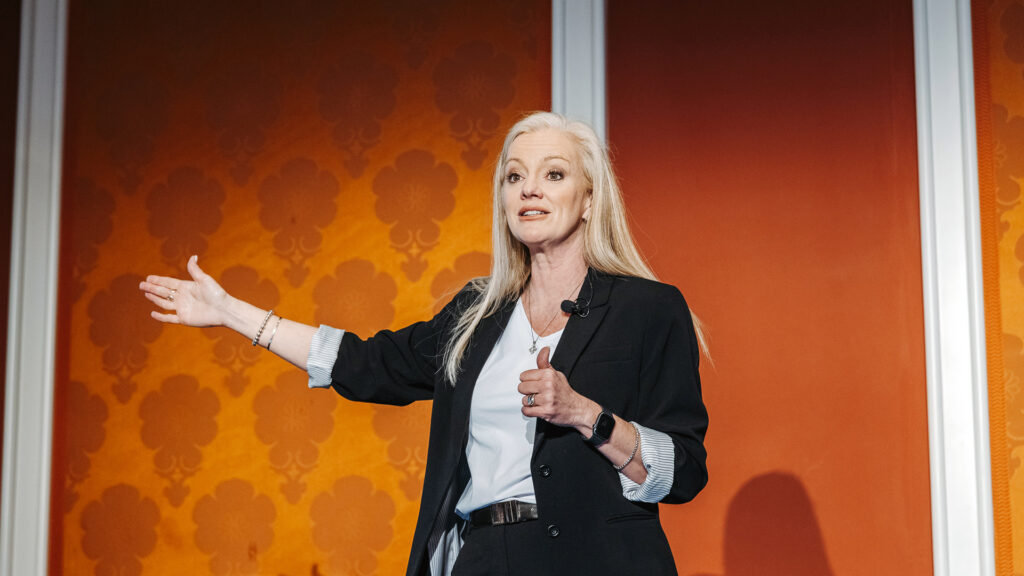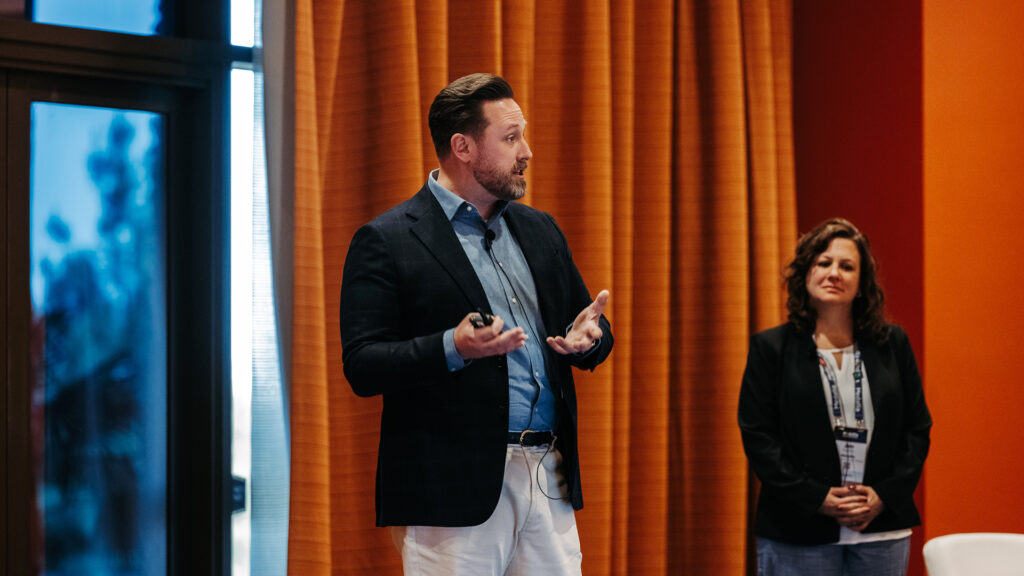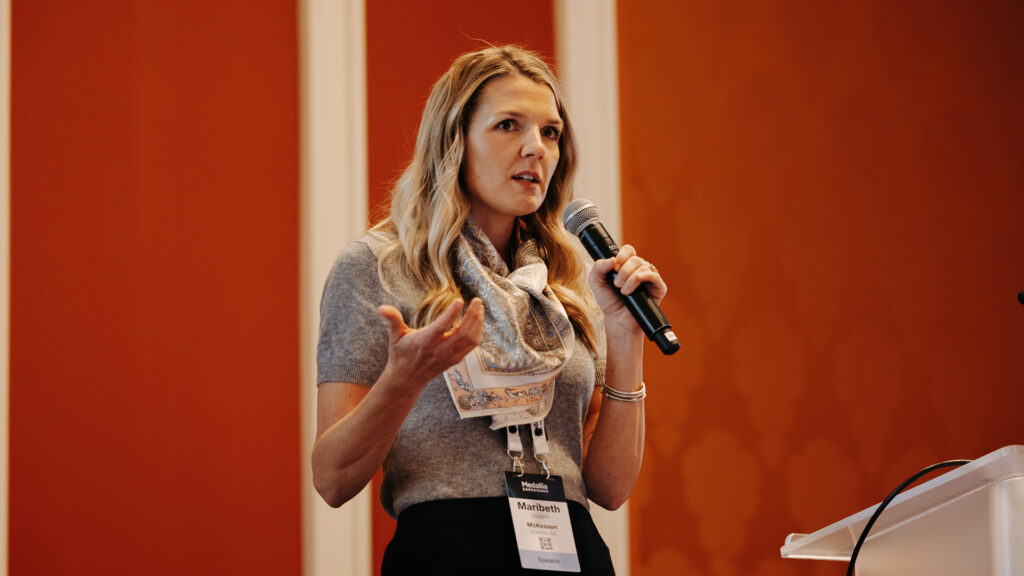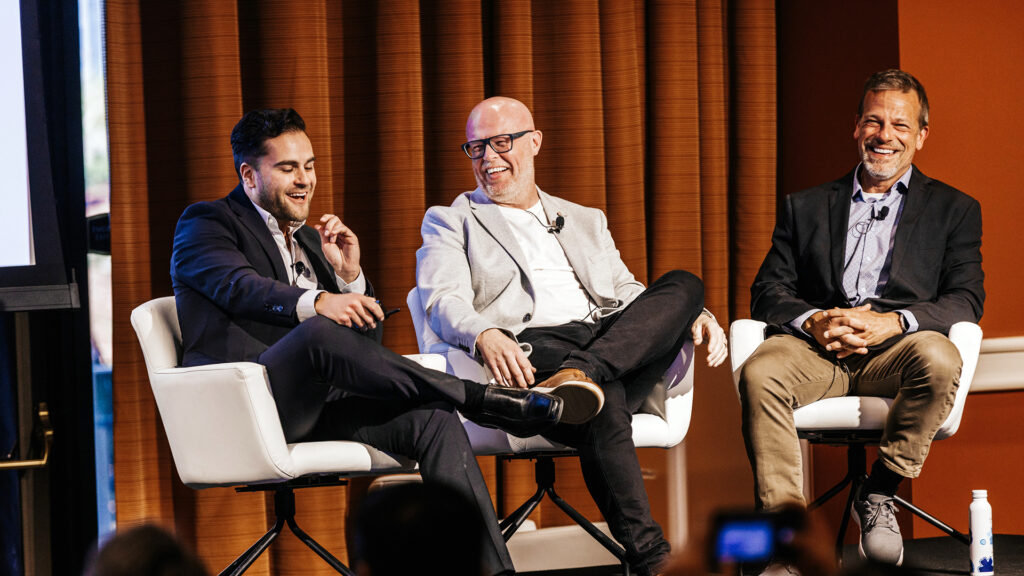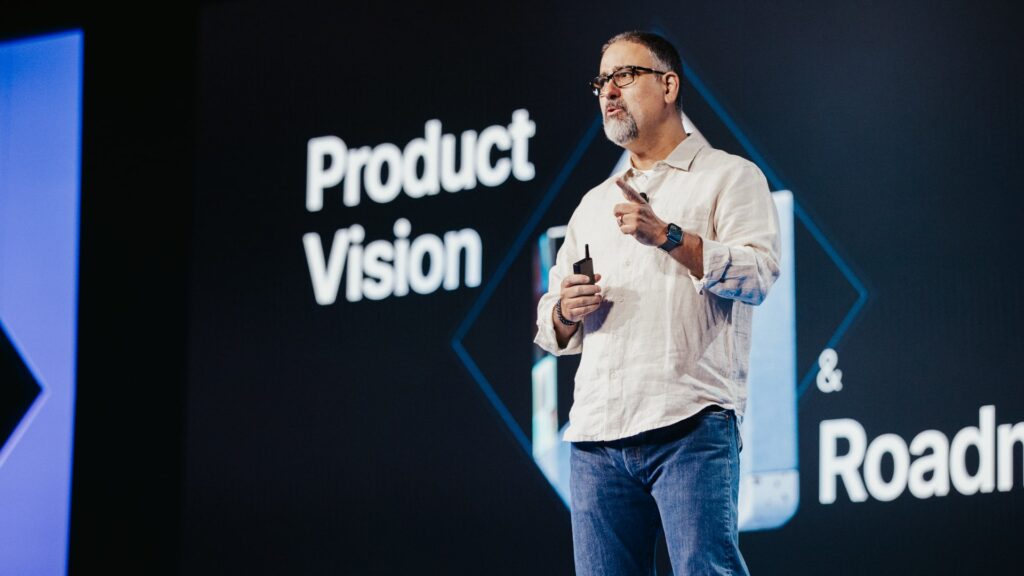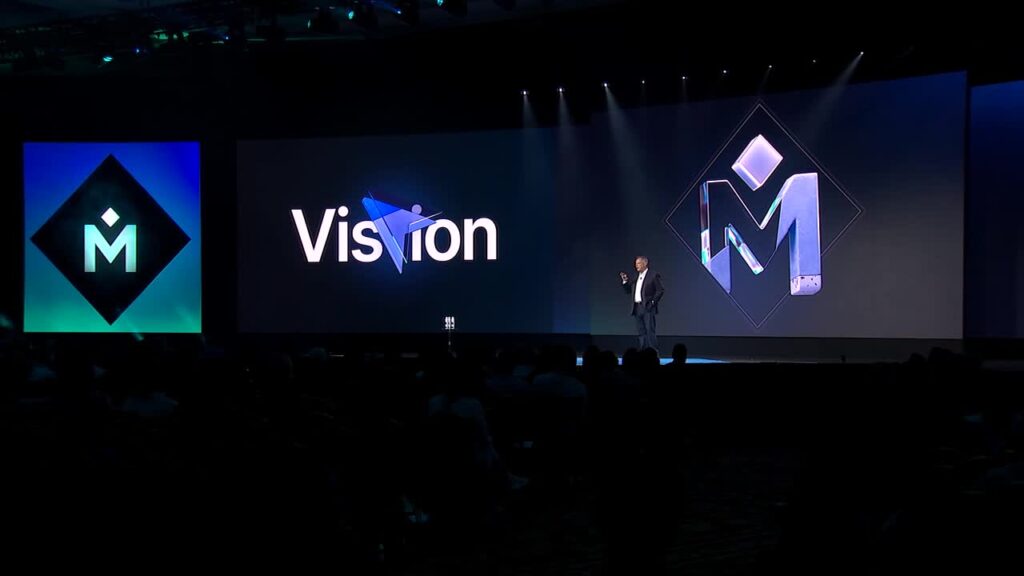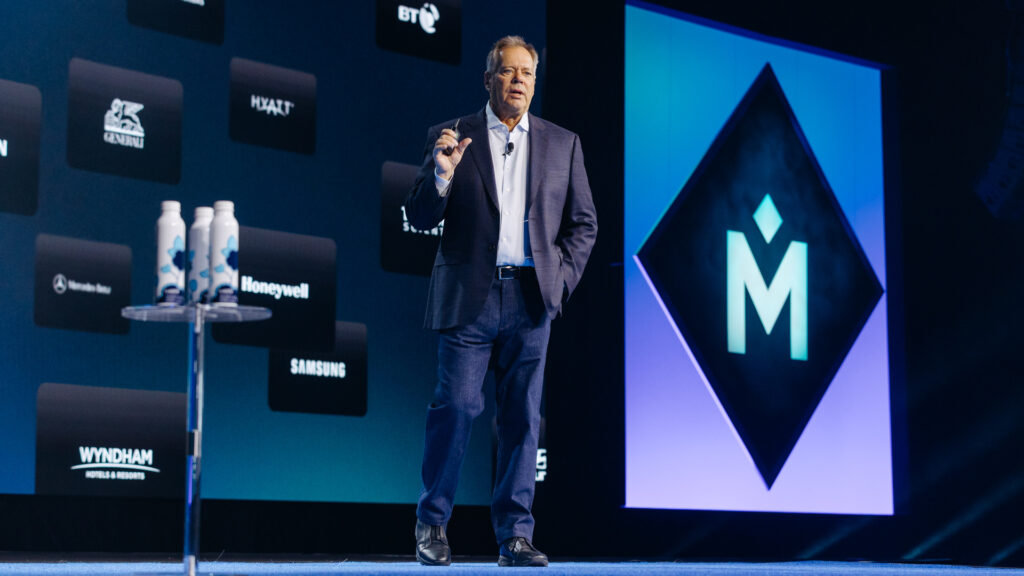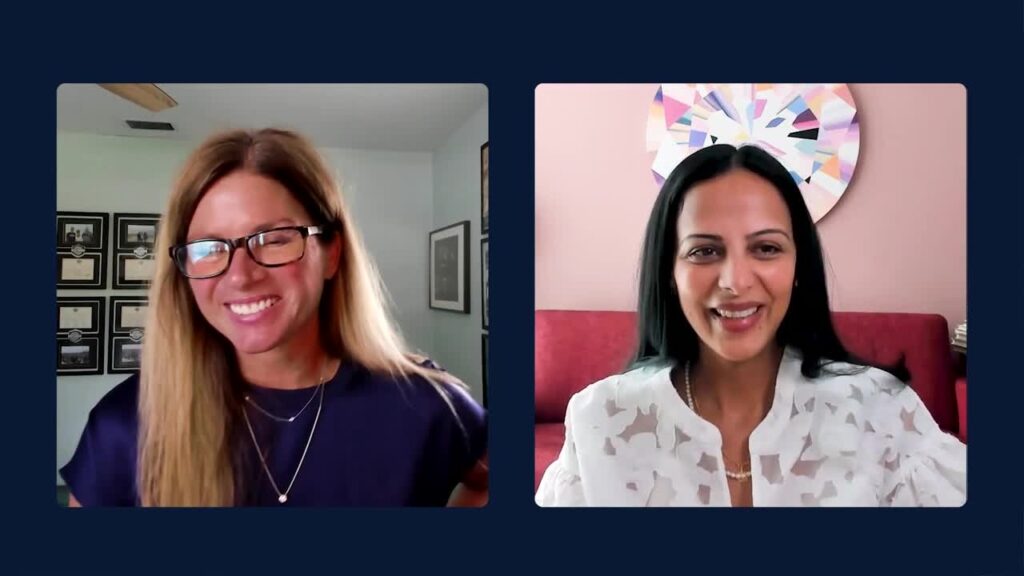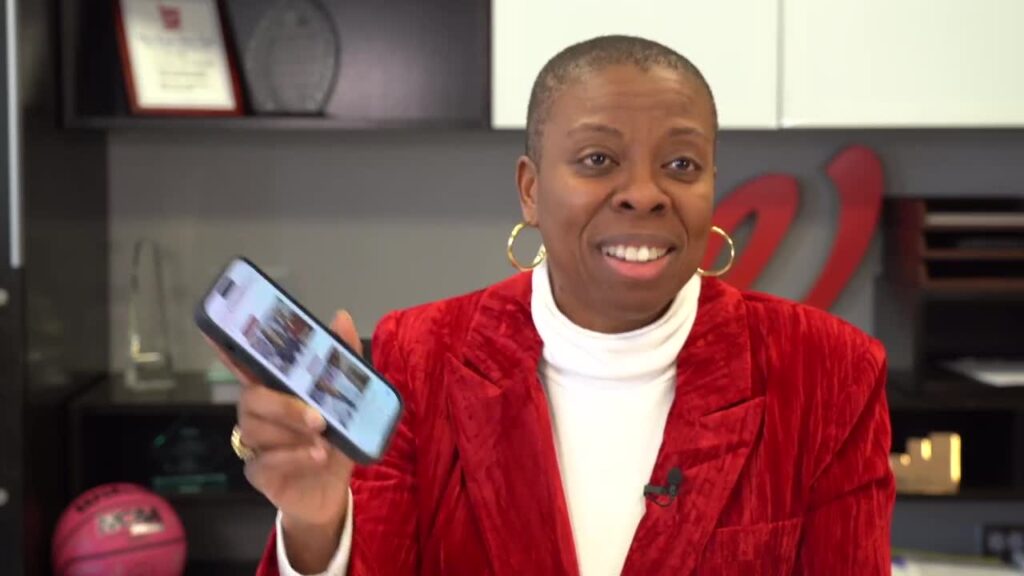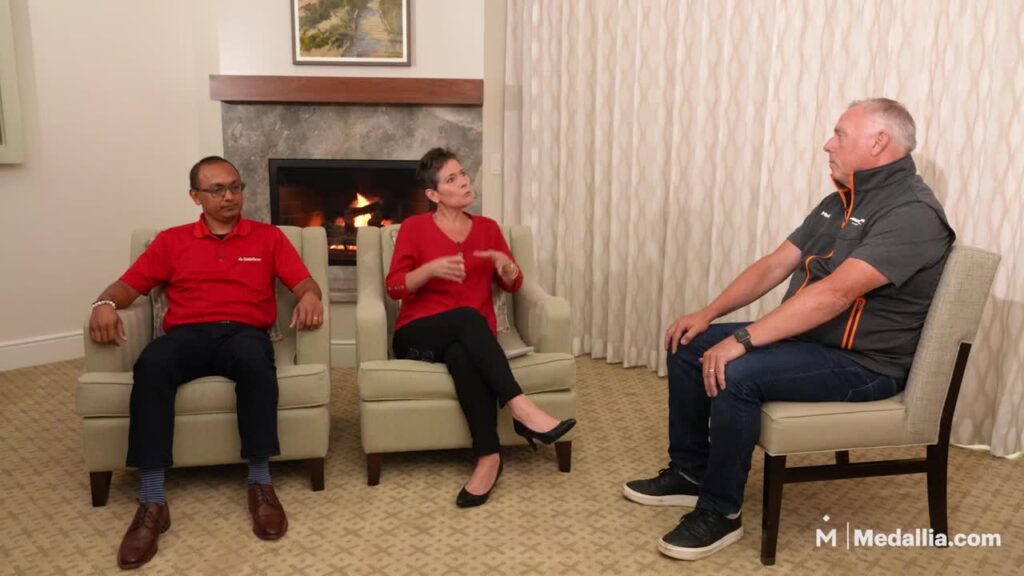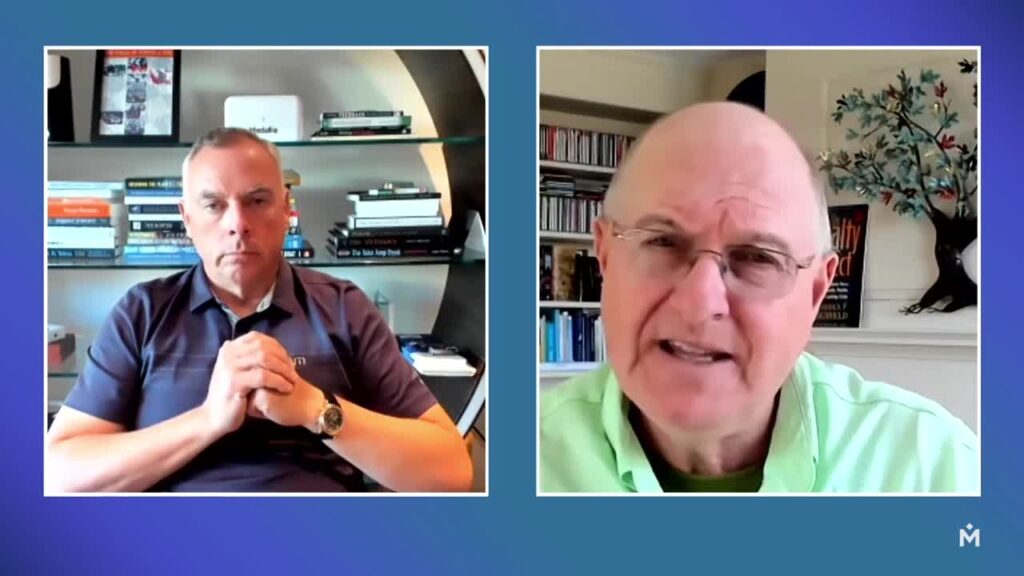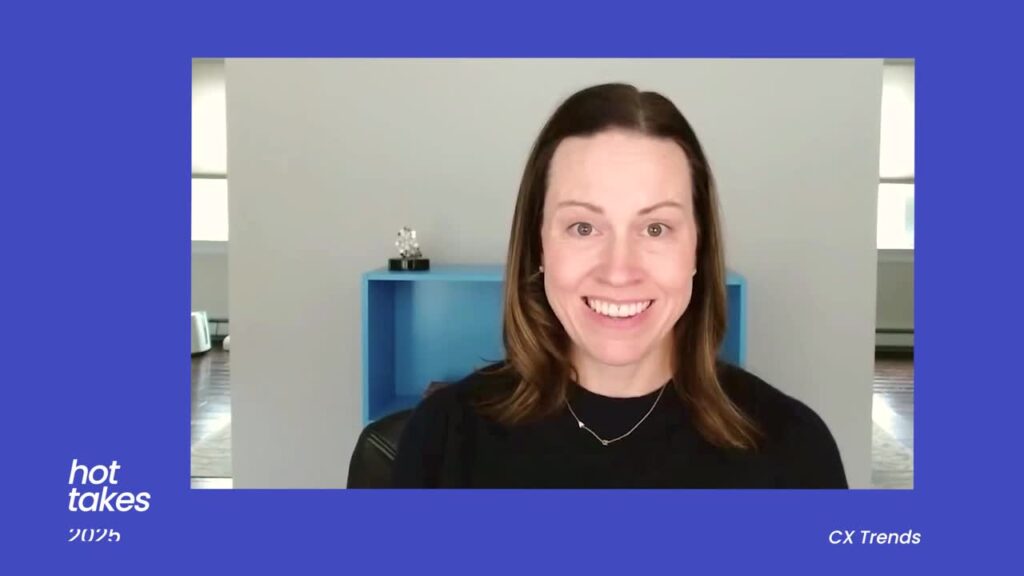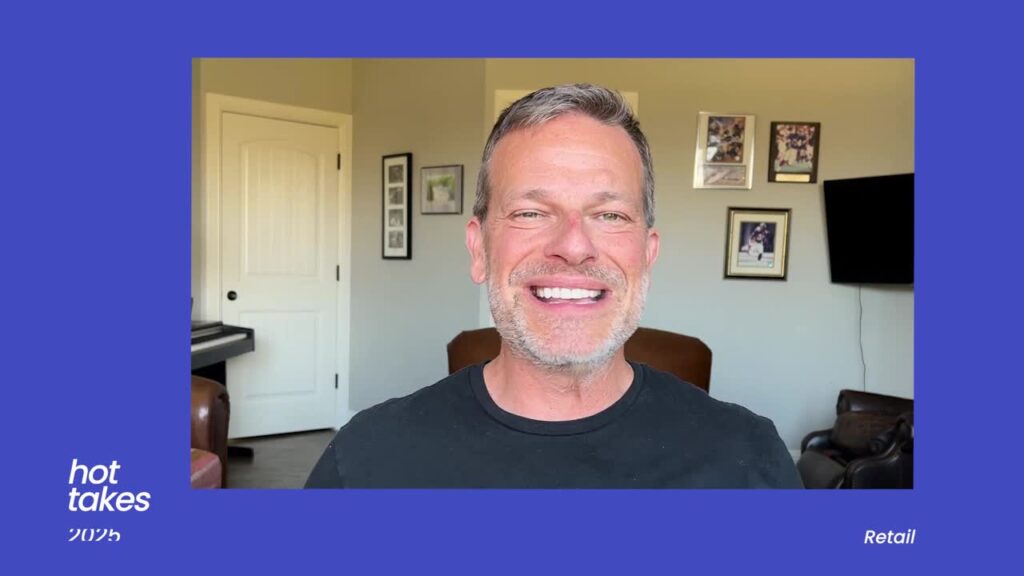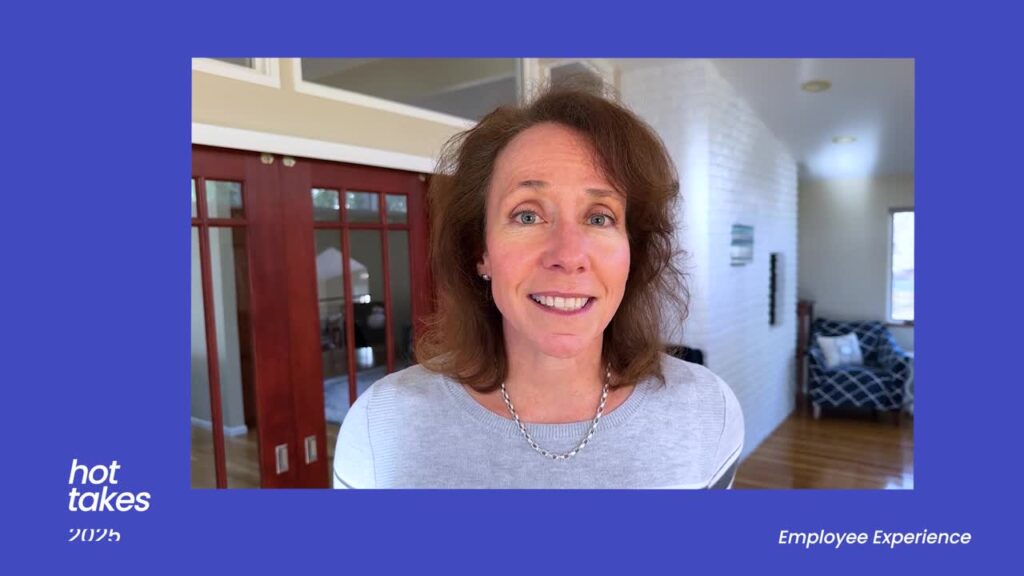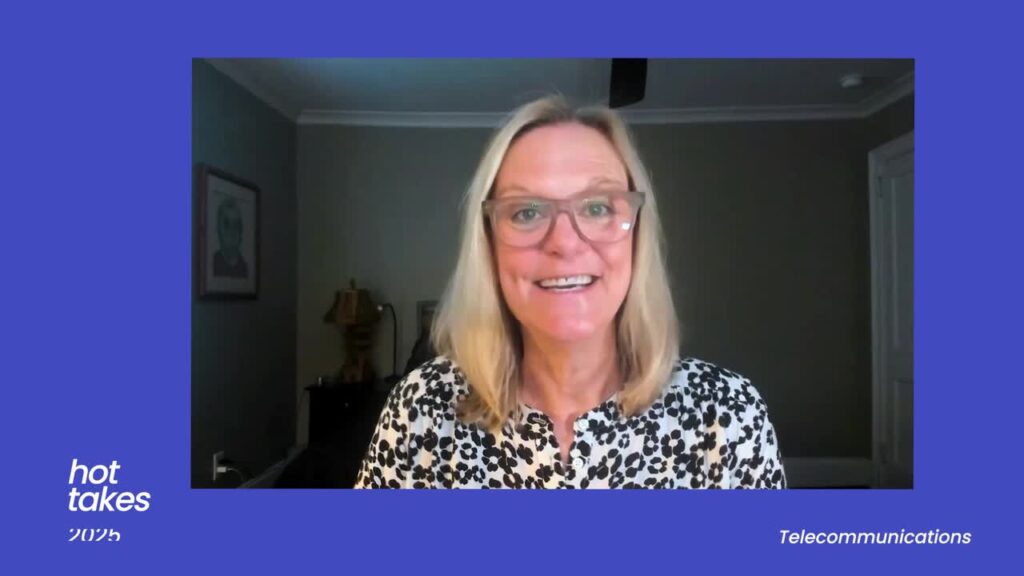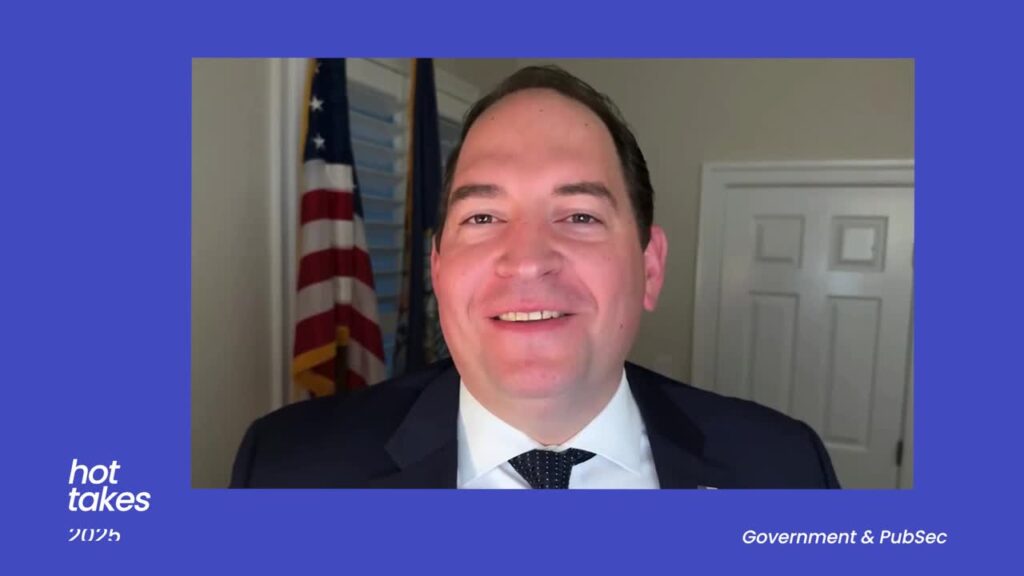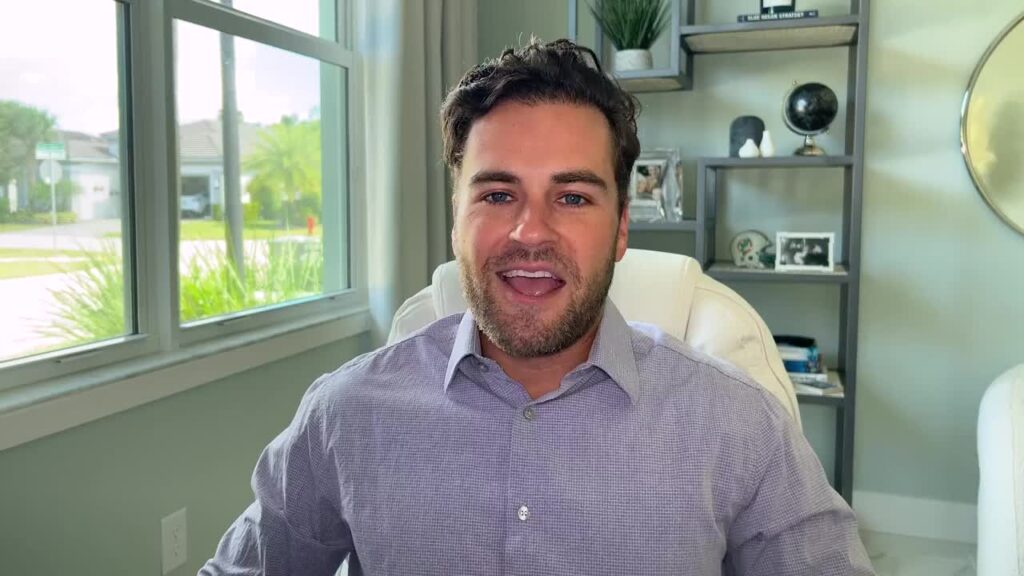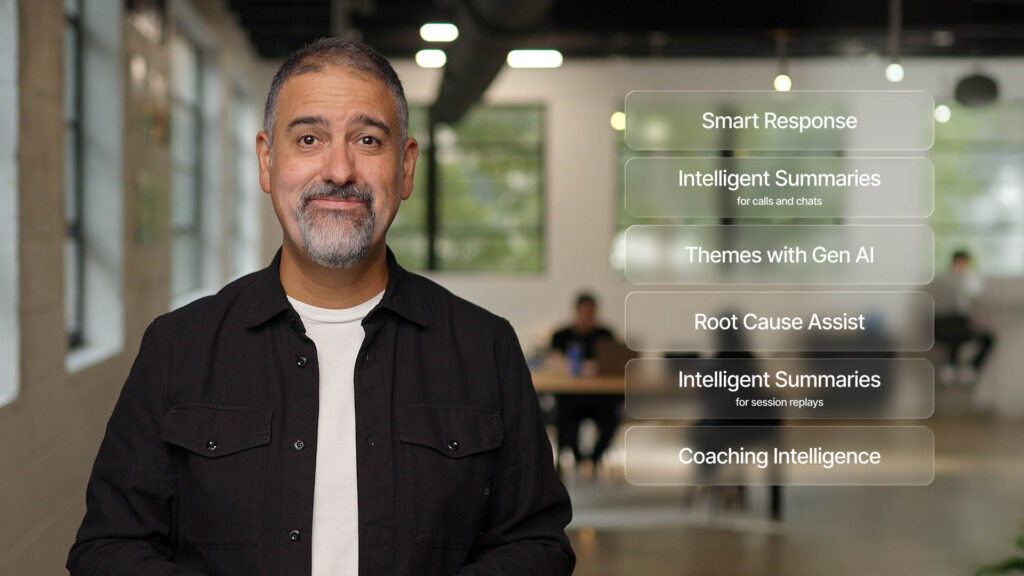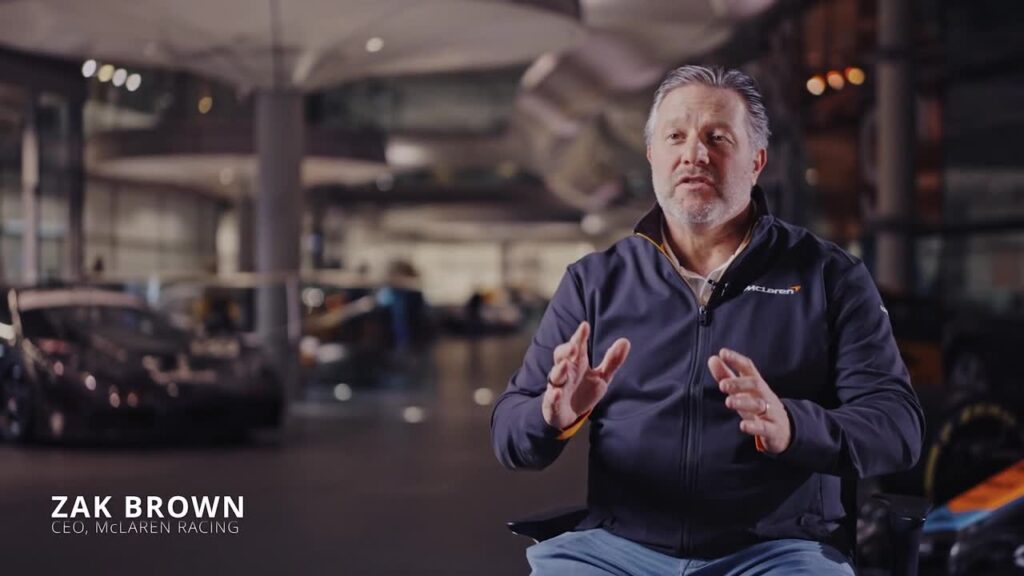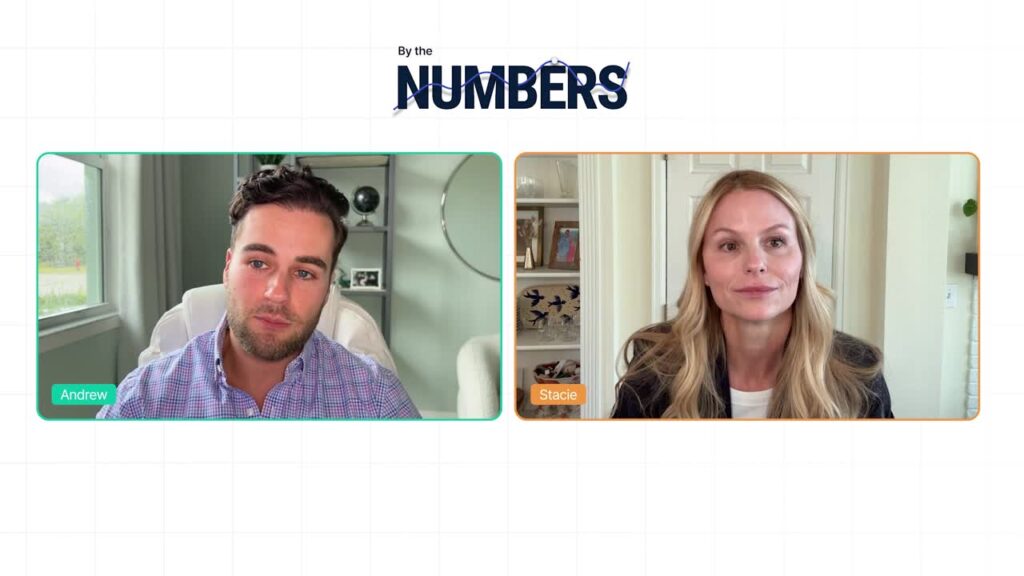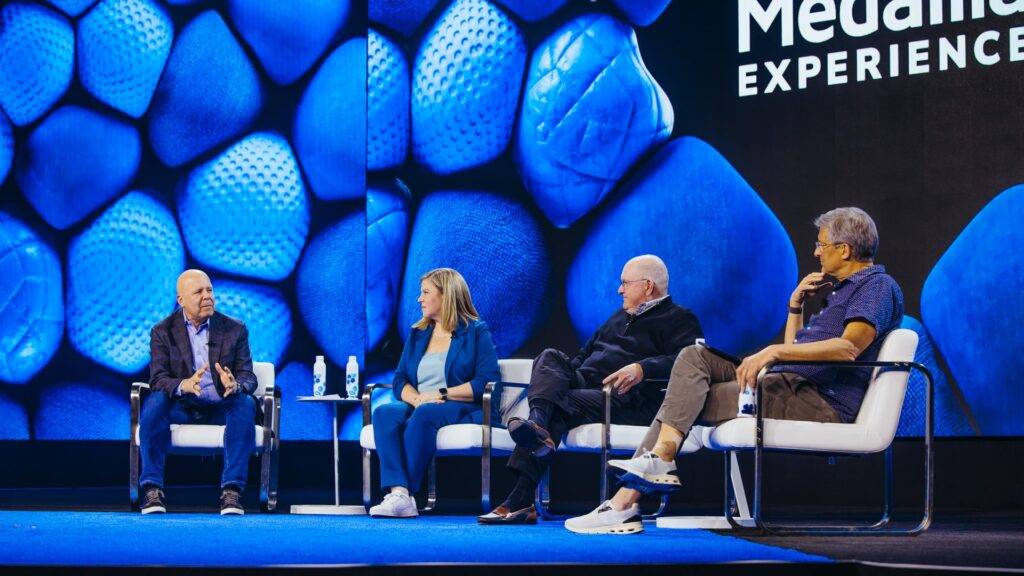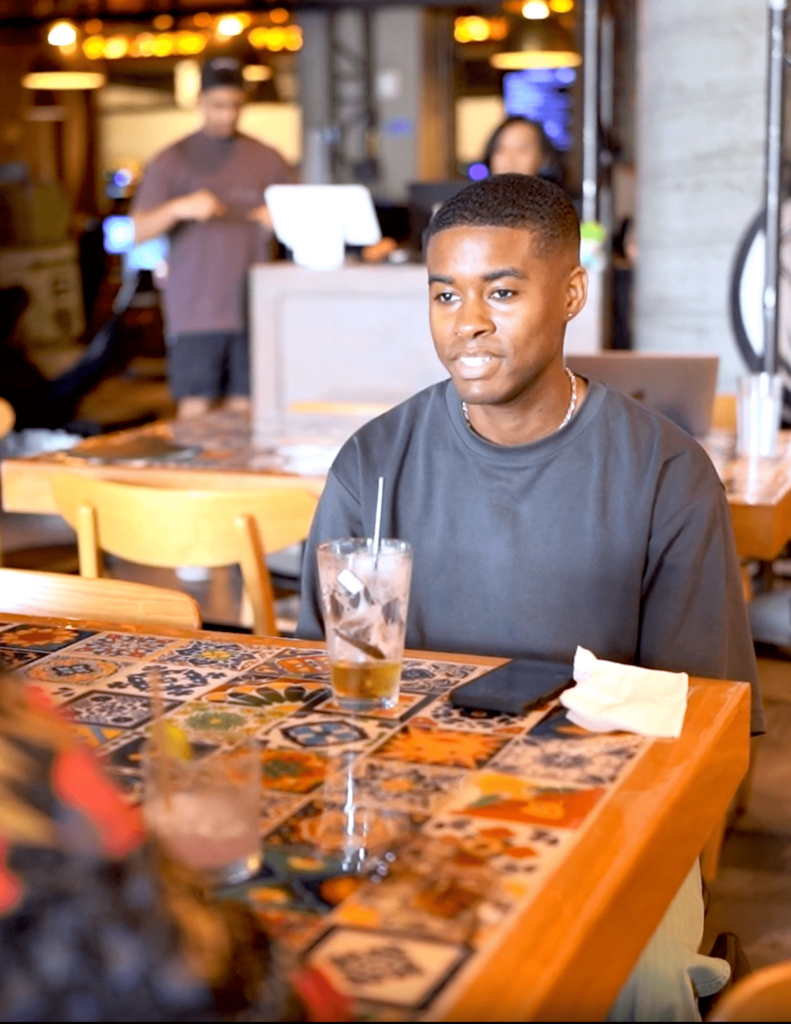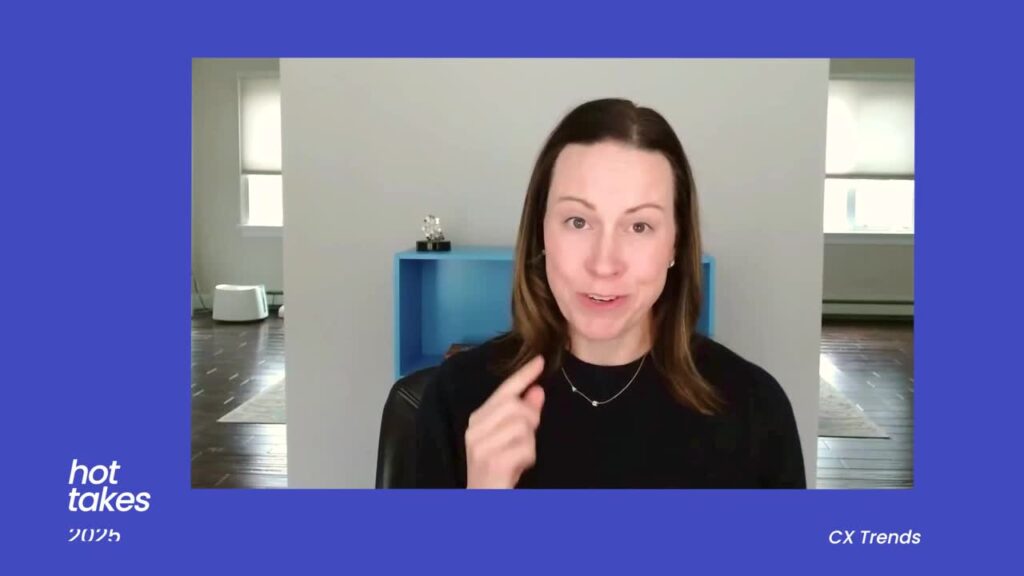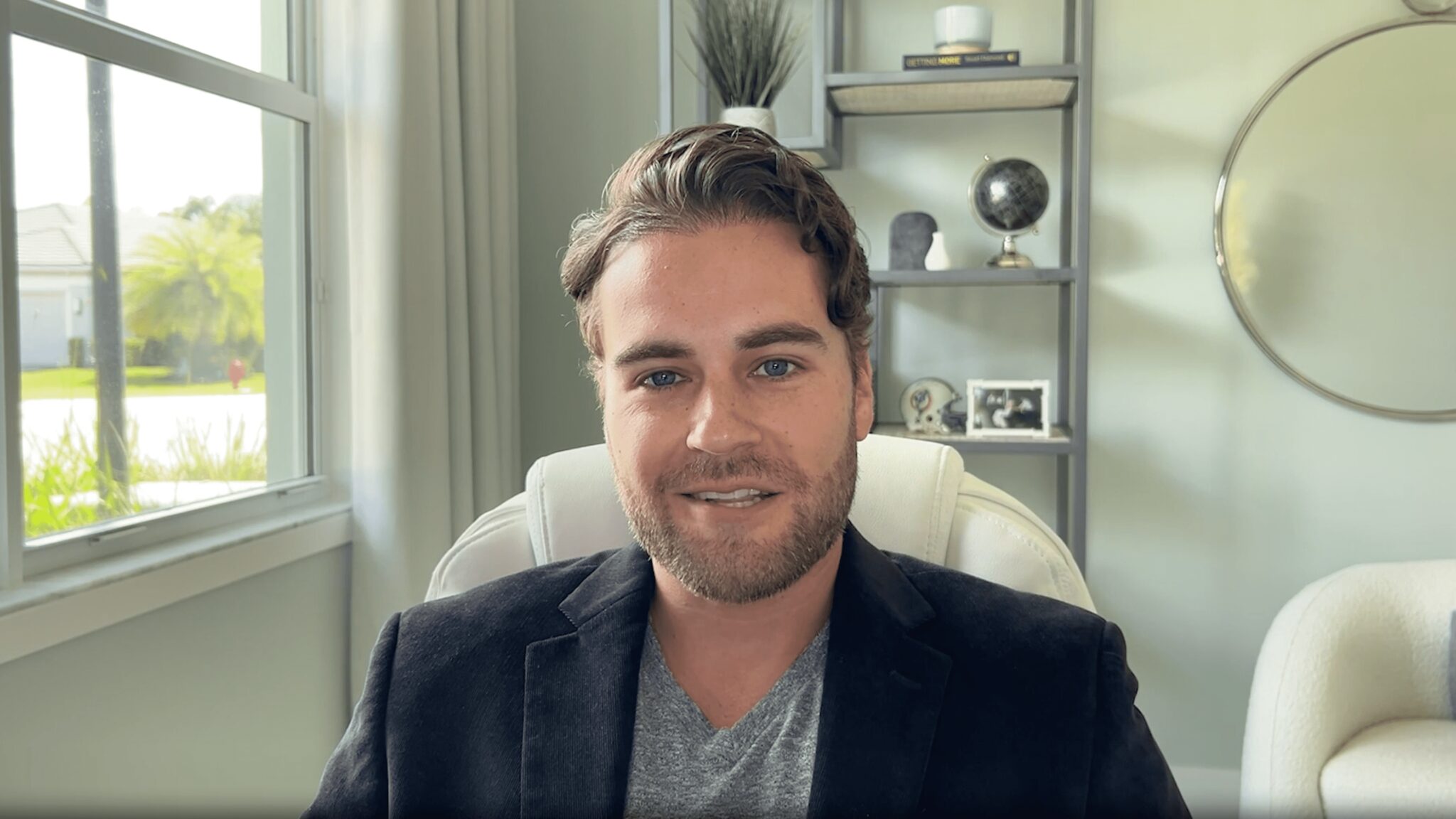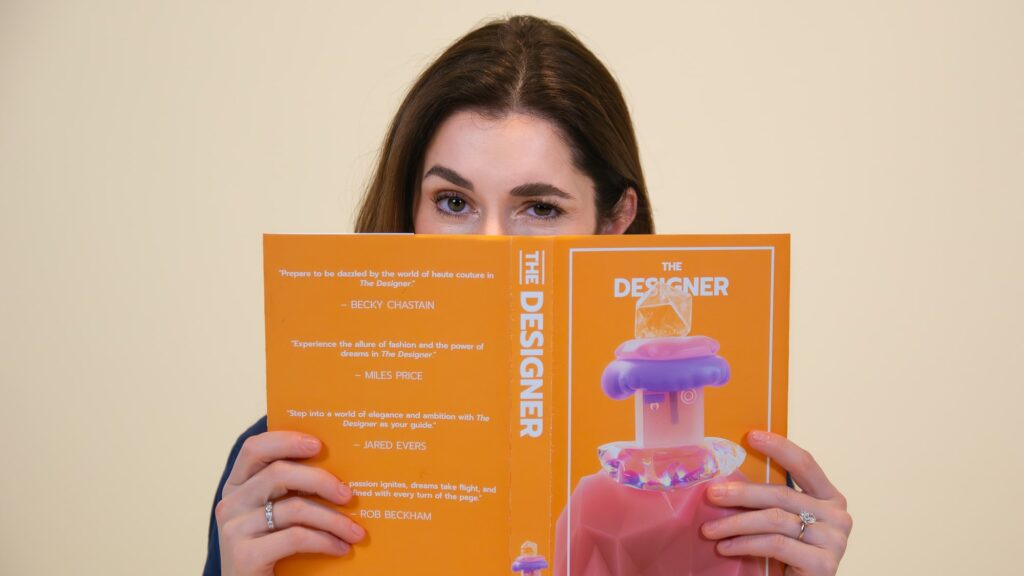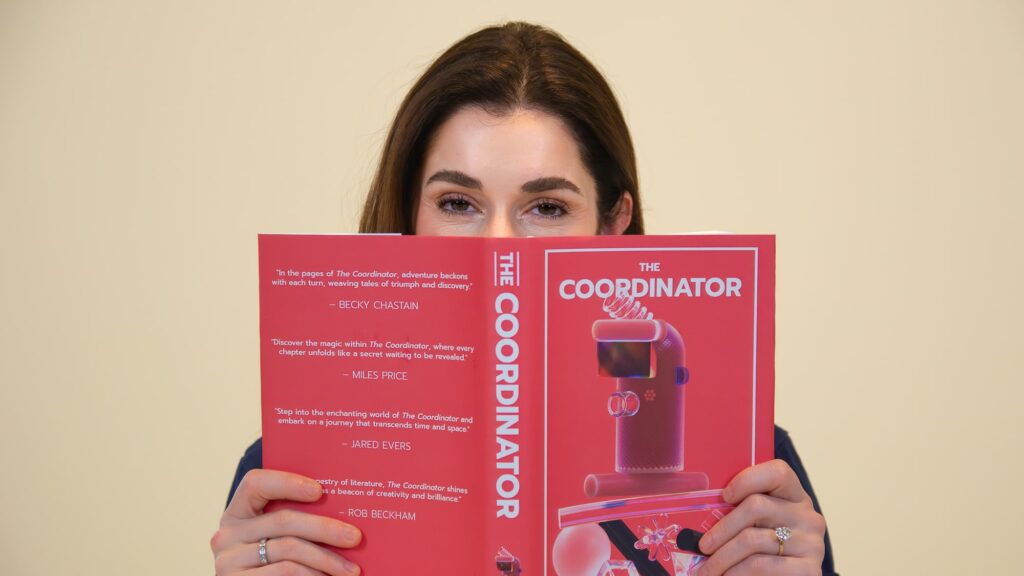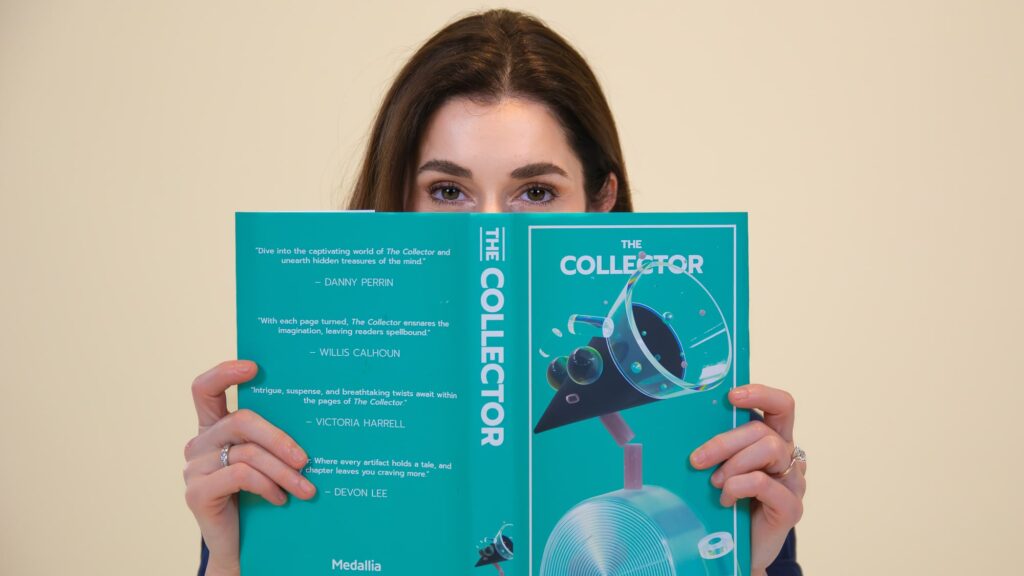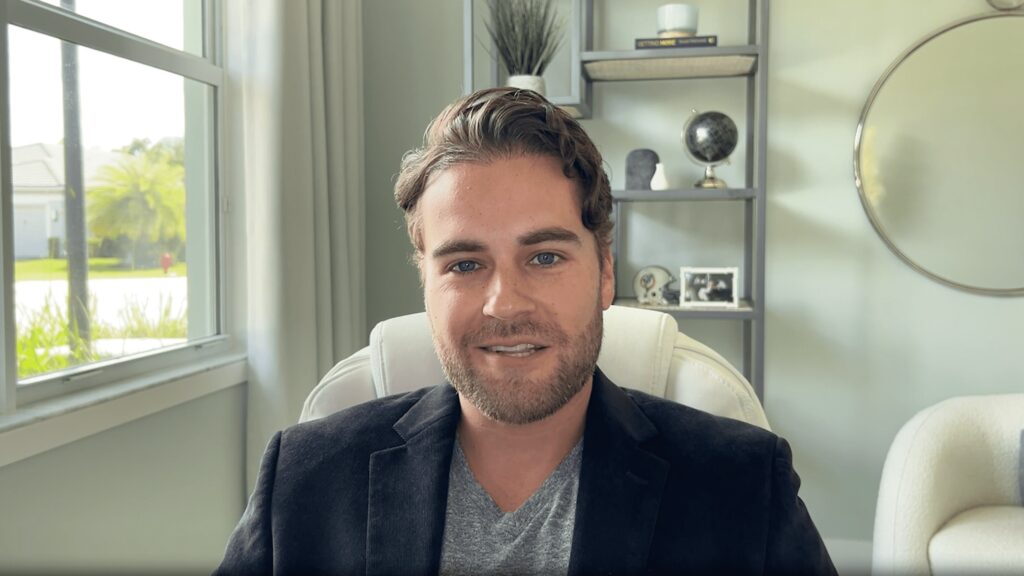Andrew Custage: [00:00:00] Hey, everyone, and welcome to our LinkedIn Live event here at Medallia. We’re going to be talking about the CX Practitioners perspective. And in particular, we’ll be talking about some of our latest research on the state of personalization in 2024. We are live. We would love to have you submit questions here at the end of the session.
We’ll be able to answer as many as we can. But otherwise, listen in and we will also be talking about some materials where you should see a link to read and digest and ask questions afterwards too. With that, I’d like to introduce myself. My name is Andrew Custage and I’m the head of research insights here at Medallia.
I focus on using independent panels of consumers and professionals to understand decision making attitudes and behaviors. In the world of experience, and I’m really pleased to be joined today by Steve Steve, you want to introduce yourself.
Steve Loyka: Absolutely. Thanks, Andrew. I’m [00:01:00] excited to be a part of this first ever LinkedIn live that we’re doing here.
My name is Steve Loyka. I represent our small, but mighty advisory practice here at Medallia. I have the privilege of working with a number of clients on defining the vision for their CX programs, helping them develop the strategy and the governance related to how they’re going to execute those programs, and then ultimately helping work with them on defining the path for growth and maturation of those programs over time.
And I’m excited to be here. Talk about that practitioner’s view and and get into the research that that we’re publishing now.
Andrew Custage: So steve on the topic of personalization It’s obviously a very big area today and we can talk about some of the reasons why that might be but Maybe to set context for our audience.
Do you mind? Talking us through the journey Medallia has been on and some of our recent thought leaderships and point of view in the area of personalization itself.
Steve Loyka: Absolutely. I think, it started late last year as we were preparing for our experience conference in, in February. We realized that we really needed to [00:02:00] crystallize our point of view on personalization, it’s fit with CX and where the CX agenda was going for practitioners.
And and we also wanted to talk about personalization in the context of that this wasn’t something that was a far off goal for organizations that they, didn’t, weren’t quite ready for. And so we wanted to make sure that we developed an approach and a point of view that described personalization in a way that was Achievable, accessible for your organization and what you were trying to achieve for your brand.
And we came away thinking about it in four approaches or styles. And that were, those were responsive approach to personalization. This is where, where this is after the fact you’re engaging with your customers after an experience that they’ve had with your brand your.
Acknowledging the events that have occurred, the emotions that were involved, the preferences that they’ve communicated to you and are engaging them in a way that reflects that and that makes them feel understood and heard and recognized. The second personalization approach or style that we [00:03:00] defined was this idea of segmented.
A segmented approach to personalization is really focused on developing that deep understanding of your audience, of your customer set. And developing some more sophisticated segmentation. I guess it goes beyond basic demographics and buying preferences to really understand behavior. And so that you can customize and personalize those experiences based on what you anticipate those customers expect from you moving across this continuum, if you will, it’s we really wanted to find that third piece as situational.
This is Where we’re acknowledging your place in the journey with our brand and treating you accordingly. We know who you are. We know what your preferences are. We know what you’re involved in trying to achieve, whether your job to be done or otherwise and trying to connect the overall journey and the disparate experiences to meet you where you are and develop, deliver a personalized experience in that context.
And then ultimately, as we move down this continuum, we think about the implications of real time interaction, management [00:04:00] AI experience orchestration and delivering those individualized experiences based on where your customer is in that very moment, who they are, what they need what they expect and what the motivations are.
And and defining and developing rules. For automated engagement and individualized personalized experiences. And so that’s how we thought about it. And the idea is that these are not a one size fits all personalization is not a one size fits all, and that each of these styles can be combined and used for different customer segments or different contexts and moments and situations.
And so they are not mutually exclusive.
Andrew Custage: Yeah, I love this idea of how we’ve been thinking about it from the perspective of what can organizations implement and what should they be thinking about prioritizing? Because to your point, the way that a brand attempts to personalize an experience for a customer is not one size fits all.
And I think it varies by industry. It varies by size of company. There are many different things that can be done. On the research side, leading up to the [00:05:00] past couple months and especially a lot of the things that we featured at our experience conference for those that could attend. We also wanted to attack it from another angle too, which was what do customers.
Think of when we talk about personalization and how do they define it when they say that they want a brand that is going to deliver a personalized experience to them? What exactly do they have in mind and what are they going to judge that brand on and similar to a lot of what you’ve been talking about based on this understanding of the journey of the customer when there’s opportunities for flexibility.
A lot of the things that we’ve come across where consumers. feel the most strongly about a brand’s ability to be personalized is in these things like continuity of knowledge of the customer across touch points. So recognizing the customer’s history, their needs without the customer having to remind the brand over again with each touch point, each interaction, each service point, who they are, what they need, even reminding them their name all over [00:06:00] again.
These types of things are in many ways becoming table stakes to avoid. Another area is around flexibility of service and flexibility of communication, the channels, the timing, the choice that the consumer has. Also proactiveness and tailored content. So whether that’s tailored recommendations tailored offers.
Another area would be rewards and recognition and delivering those in an individualized way. And then some other things too, like adding a human touch, a branded voice, And also allowing product customization too. Size, function, texture, color engraving a name. These are types of things that a lot of consumers think of too.
But yeah, I mean that generally for the most part, at least takes us up with our understanding and research from the consumer side up until the last couple of months, at least. But yeah, we’re excited now to share a little bit more about our most recent piece of research, which is hearing directly from the CX practitioners themselves.
Steve Loyka: Absolutely. And I’m excited to hear about the sort of approach and methodology you took [00:07:00] in, in conducting this research. We use that customer expectation research that you just referenced as the foundation to experience to build a interactive self diagnostic on to assess people’s primary approach to personalization.
And I think what we were trying to do with that was to really understand the intent. And the Delta between intent and what they felt is their capability to deliver on these personalization expectations. And I think you really tease that out in this new report is where that sits in terms of priorities on the CFCX leaders agenda.
And so I’d love to hear a little bit about how that’s reflected in this new research and how you approached it.
Andrew Custage: Yeah, absolutely. This most recent report joins together some research we’ve collected from the voice of the consumer, but then also more importantly From over 3X CX practitioners globally we’ve had the opportunity to hear directly from them through a partnership with the Customer Experience Professionals Association, the CXPA with them, we’ve tapped into their own member base and then also another independent set of CX leaders, not [00:08:00] necessarily just Medallia clients, but really people globally, even users of our competitors, CX leaders.
To understand their perspectives on personalization as a business priority and how it fits against many other competing objectives. And then a lot more consideration from them about how they view their capabilities currently, what the challenges are to enhance those capabilities, and then a final section that focused on obviously one of the most relevant topics right now, which is how AI is going to play a role too.
So we’ve collected this information. The report is now live just made live recently, and we’re excited about the opportunity that we have with this to help steer our clients towards an understanding of where they stack up, what universally seems to be challenges. And where maybe some CX leaders that are pushing ahead on prioritization are focused and the results that they’re seeing and how that might steer some laggards to accelerate their own efforts too.
Steve Loyka: Absolutely. And I think the, I believe the data point is 24 percent of CX leaders [00:09:00] put personalization at the top of their CX agenda for this coming year. Maybe you could tell us a little bit about how that is reflected in the research and why there may not be more entities identifying personalization as a priority for their organizations.
We can talk a little bit about that.
Andrew Custage: Yeah, definitely. So some of the key findings from the report are yeah, you mentioned the number 24%. That’s the proportion of CX practitioners that would say today they have highly personalized capabilities. They would score their own organization’s capabilities as a nine or a 10 on a zero to 10 scale of personalization.
And it’s interesting how similar that number is to when we’ve done consumer research, and we found that only 26 percent of customers would say that their most recent interaction with a brand was highly personalized. So whether we’re talking from the brand perspective, or we’re talking from the consumer perspective, There seems to be consensus that most experiences that are being delivered are not personalized enough.
And we’ve seen from other [00:10:00] research too, that there’s a case to be made to boost those numbers. We’ve seen over 80 percent of consumers say that personalization drives their choice of one brand over another in at least half of their shopping situations. Another really big finding from the report too, though, was really the case from the practitioner’s perspective around personalization, where those that do rate their personalization capabilities high already are about twice as likely as their compare their comparison group to have achieved at least 10 percent revenue growth over the past year.
So there seems to be some relationship between the brands that are accelerating more and finding that financial return. And having personalization play a part in why they’re outperforming the rest of the competition. Fortunately, though, at least from the perspective of where to look to improve, one of the other really big findings from the report is where personalization ranks in priority.
And we’ve asked brands across many different types of priorities for this upcoming [00:11:00] year. It could be new product development. It could be operational improvement. It could be transforming their marketing spend into different channels and tactics. Many different things we’ve asked about making customer experiences more personalized is the top ranked one on average.
So it really reveals a lot. And by the way, we didn’t ask that question after we first asked 20 questions about personalization so that we anchored the audience to be thinking about it. It was asked before we asked more questions about personalization and we heard directly from brand leaders themselves that this is an area where they want to invest in more.
And a lot of it, I think does come from that recognition that there’s the opportunity to improve from where we are today. And also just when you think about how much the world has changed in the past few years with advances in AI the move towards digital channels that was originally driven by the pandemic, but seems to be sustained the opportunity to engage with customers more at scale through these channels.
I think these are a couple of things that are really. Revealing just the right environment that we do have [00:12:00] for personalization, even in a way that we didn’t have it three, four years ago.
Steve Loyka: Absolutely. And I think aside from the fact that those who rate their personalization capabilities high had that 10 percent revenue lead against peer groups.
I think that’s incredibly compelling. I think What if you look at the macro trends also, though, it makes me think back to 10, 15 years ago when we were trying to work with CX leaders to make the case to just invest in CX as an as agenda item, right? It was, what we were trying to stress was this idea of differentiation.
The bar and the barrier to entry into market spaces, product services spaces was being lowered by the digital transformation. And so the way to differentiate your brand was on experience. Now that all these brands are, have been investing in experience efforts for the last 10 to 15 years, how do you continue to differentiate in this space?
And I think that’s through personalization. And so I think, and it’s reflected in the numbers you referenced in the report. But we’re still having these conversations with clients. I know. No, on my side [00:13:00] is to how do they make that case? How do they make the justification? How do they define the ROI?
And I think, the way I have been talking about it with clients is really to start slow, right? Let’s approach it with how do you want your brand to show up in the marketplace? Where does personalization fit into the brand identity that you have out there? And start to think about.
Where, when and with who you want to show up in a personalized way. Obviously there are ways to do that as we talked about in responsive, segmented, situational and individualized, but it’s also happens before the interaction with your brand. It happens during the interaction with your brand.
It happens afterwards. There are ways to personalize those interactions so that people feel seen, heard and known. And thinking about what perhaps the, taking measures like customer lifetime value, right? And lifetime value and understanding which segments you might want to pilot some of these personalization approaches with and starting slow and proving that out, I think is a way to begin to build that justification.
But ultimately, we need to understand those key journeys where it makes sense to personalize experiences. What [00:14:00] situations and moments and context how do you connect? And I really believe this is can’t be disconnected from the other investments in your technology agenda in your, in all brands are trying to figure out how does AI fit into this?
And I know this is something that was covered in the report. How does AI fit into your investment agenda for the coming years? And I think this is one of those things where These two play together hand in glove. AI is something that we’ve been involved in at Medallia for some time now for, for the, since we created the platform, it allows, and it drives our text analytics and our ability to.
Draw insights out of large data sets, large unstructured data sets, and really what it comes down to being able to personalize those experiences for your customers. It’s reliant on the depth of customer understanding you’ve built and that you’re not going to get that deep. Deep, rich understanding of your customer base only doing surveys these days.
And so how do you bring AI and unstructured data and develop an approach that is integrated [00:15:00] in when you’re building these justifications and trying to demonstrate why this is important for your business to be able to differentiate in that marketplace. I, I don’t know if you want to speak to the AI piece or.
Andrew Custage: Yeah. Maybe we can take a step back a little bit and talk about the first part that you were saying around making this case and yeah, I love the evolution that you’ve been talking about it for so long, the case to be made for investing in CX to begin with. And now the case to be made is for taking that next step with personalization.
And of course it’s all fits within the CX umbrella to one extent, but there is so much more to it. And interestingly enough in the report. While we do see the personalization as being made as a priority on average by many brands. One of the big findings out of our research to has been how dependent that priority is on the financial case and the brands that are most inclined to prioritize personalization are the ones that see the most.
The financial benefit and are most likely to be citing. They see the ROI case. They’ve been able to build a [00:16:00] budget business case around it. Those that have not mentioned personalization as one of their biggest priorities, and they’re instead focusing on other things. We asked why not? And it’s most often they are citing budget challenges or the inability to make the ROI case.
So it really does come down to that. And of course, we’ve got so many stats ourselves from our research that we see, empirically the benefit that all of this can be realized. But it is just interesting. You bring up so much about the approaches to actually make that case. And I love what you were saying around this more piloted or tailored approach at first in order to see what works.
And we especially see that too, because some of the other challenges that some brands site that they’re looking to overcome would be concerned about disrupting the current experience for customers, right? When you add in some things like potentially a lengthy process of collection, collecting individualized preferences, or consumers being concerned that they will miss out on messaging that they otherwise would have wished they had because they got something else instead, [00:17:00] you name it.
But there could be some things that. Lead to a little bit of apprehension, but it’s not the majority of customers by any means that have these concerns. But the ones that brands are thinking about the most. I love this approach that you’re describing of how to go from basically from ground 0 to best in class.
It’s not an overnight flip of the switch. Much more incremental and nuanced. It seems
Steve Loyka: absolutely. And I go back to that lifetime value piece and understanding those customer segments that you have and those that expect a level of personalization, their experiences because of the loyalty they’ve shown to your brand.
Over time, those are the folks I think, if you’re able to demonstrate consistent value in and delivered in a personalized way are the ones that are going to stay and continue to spend with you and engage longterm. And that, that ultimately builds that ROI case, I think for these brands.
Andrew Custage: And so for the other thing that you were talking about too before I jump back on the ROI part of it the piece around AI and the role that it plays. From the research we have seen a lot around. [00:18:00] First of all, the increased investment in AI. So go back, let’s say late 2022. People start first hearing about Chad GPT.
It seemed like overnight. Gen AI was the big discussion topic around the world. Did that last longer than a year though? Our research at least indicates that. For the most part, 2023 may have been the year of exploration. 2024 is now the year of more investment. We’ve seen based on asking CX practitioners about their own organizations, there’s a 26 percent jump year over year in the proportion of organizations that would rate their investment in AI as significant or higher.
And when we’ve learned more about use cases and methods of measurement it really is a balance of not just gen AI, but it’s also improving the speed and quality of data analysis, even if it’s not leading to new content being produced in the process, but it’s more for decision making and understanding of the customer.
And as far as measurement is concerned, there’s efficiency and cost reduction, but also. [00:19:00] We’ve heard from a lot of practitioners that they intend to measure around customer and employee feedback. And their goal is hopefully to see results that the experience is being more well perceived and they can attribute that to AI, even if.
Behind the scenes, the consumer didn’t know everything that went into it. Steve, I guess I’m curious from your perspective as somebody that’s talking to the clients every day, what are you mainly talking about with AI use cases and your perspective of where Medallia plays a role, I’d love to hear a little bit more too.
Steve Loyka: Yeah, absolutely. I think, I go back to this idea that. Your ability to personalize experiences is directly correlated to the depth and the richness of that customer understanding on where that’s where I see a I playing a tremendous role is trying is developing a more sophisticated understanding of needs, expectations, motivations, turning those into a more sophisticated customer segmentation so that you can use those in the context of.
Responsive segmented situational personalization approaches being able to do that in in a timely manner as well. [00:20:00] One that shortens the time between I understand who this individual is, the behaviors they’re demonstrating, and it makes sense for us in this moment to meet them with this particular content.
Product value recommendation. What have you answer to the question that they haven’t quite asked yet, right? This is where we can do some anticipation based on more sophisticated understanding of who they are, what they’re expecting, what they need in that moment. And so I think that’s where we’re having these conversations around.
How does a I? Enable our us even starting down this road towards personalizing experiences. It’s developing that depth and richness of customer understanding and insight that allows you to take the action in a very intentional way. And then moving up that continuum, that personalization style continuum, if you will, when we get to that that notion of individualized, orchestrated real time interaction management, that’s where A.
I. And building in rules into an A. I. Engine allow you to Do to meet those individuals and those customers in an automated, a real time in the moment kind of way. And AI plays a part from even [00:21:00] that responsive sort of basic approach to personalization all the way up to the more sophisticated real time automated interaction management.
And that’s where that conversation is happening now. And I just reiterate that, you can’t divest these two conversations around how do we begin to personalize the experience delivery for our organization. How should we be thinking about AI? How are how can we augment our basic feedback collection through survey mechanisms, through unstructured data analysis, digital behavior analysis, and the like, and AI underpins all of that.
And so I think, as you’re building those justifications, as you’re building your approach and your strategy all of that has to be integrated in a really intentional manner.
Andrew Custage: Absolutely. And I think it’s so interesting because when we think about. We, with the very beginning of the session, when we talked about what consumers have in mind that make things personalized and to them, this continuity of knowledge and recognition across touch points.
That can’t be done without some sort of mechanized at scale approach. And to try and think that you can do [00:22:00] this without some sort of rules based or constantly learning system is, it’s just not going to happen, especially for brands that are dealing with millions of customers, tens of millions of customers every day.
And I really like also what you were talking about in terms of this Conversation and just getting your feet wet a little bit more. This is new for a lot of people. I see we do have a comment around the need for privacy and recognition from the customer about that this is changing too, and there might be some apprehension.
Do you have thoughts about how to address that topic more, or, brands that might be doing this well, how they’re navigating that transparency element.
Steve Loyka: Yeah. I, I think for me, when we, I have these conversations with clients, it often comes back to sort of expectation management, right?
If I’m going to ask for. Data from you so that I can develop that deeper understanding, understand your needs, expectations and motivations. I better deliver on that. And so that’s how you build customer trust too, right? Is I’m going to show you, I’m going to be [00:23:00] transparent about what I’m doing with this data.
And then I’m actually going to deliver on the expectation that is set when I give you my data. And so I think that’s one way to think about it is to think about certainly, a collection of data in any form channel, a context has to consider the privacy of the individual and the privacy and safeguarding of that data.
But I think ultimately when customers are signing up to give you information about their preferences, about their motivations and expectations you better be ready to deliver on that. And so I think that’s. Also this idea of going slow and testing and learning with some certain segments of your customer in your audience is a way to do this cause you can do it in a lower consequence environment, but ultimately it comes back to deliver something for them.
Yeah. Delivering that value. And that’s how consistently over time is how you build trust, delivering quality experiences, delivering value in new and innovative ways. That’s how you build customer trust. And I think that’s, I can’t extra divorce those two kind of ideas.
Andrew Custage: Especially on the point that you just mentioned with value.
I couldn’t agree more when we’ve done [00:24:00] earlier research asking consumers about their comfort with the technology advances that coincide with more personalized experiences. And I mentioned before, I think we see it’s the minority of consumers might be around 1 and 4 that have issues with. The idea of more AI driven interactions or having to go through a lengthy collection process about their preferences or missing out on certain messaging.
There’s a few concerns that consumers cite. It’s maybe around one in four, one in five, depending on the individual concern. On the flip side, though, we’ve seen majorities of consumers. 60 plus percent, 70 percent, somewhere in that range that are comfortable with the idea of participating in this evolving experience when they see the value in return.
So you talked about value before, but we ask specific questions about, what would value mean to you if you were to provide more information about yourself or consent to your data being used in a certain way? Transparency by far is number one. The ability to opt in and opt out is certainly a consideration too, but from a value perspective, we’ve seen if consumers see that they [00:25:00] get things like individual rewards things like this, maybe access or early views of things that other consumers don’t, when they see the value, whether it’s tangible and in the form of discounts or rewards, or it’s experiential in the form of access and special treatment.
Consumers are comfortable with this idea. It just comes down to seeing that transparency and knowing that they’re getting something back in return. And this isn’t just to benefit the brand and not benefit them.
Steve Loyka: I think we’re coming up on time, but I could continue this conversation. I think we should certainly do another one of these.
But I’m excited for that research to get out and for folks to start to engage with it. And I don’t know if there’s anything else you want to leave folks with.
Andrew Custage: Yeah, I’m glad we got a chance to do this together. And for those listening, I believe you should have a link available to you for the report.
Otherwise this material will be available for future view too. If you have any questions, please reach out to us and otherwise we’ll see you next time. Thanks again for listening in.
Steve Loyka: Thanks [00:26:00] everyone.
